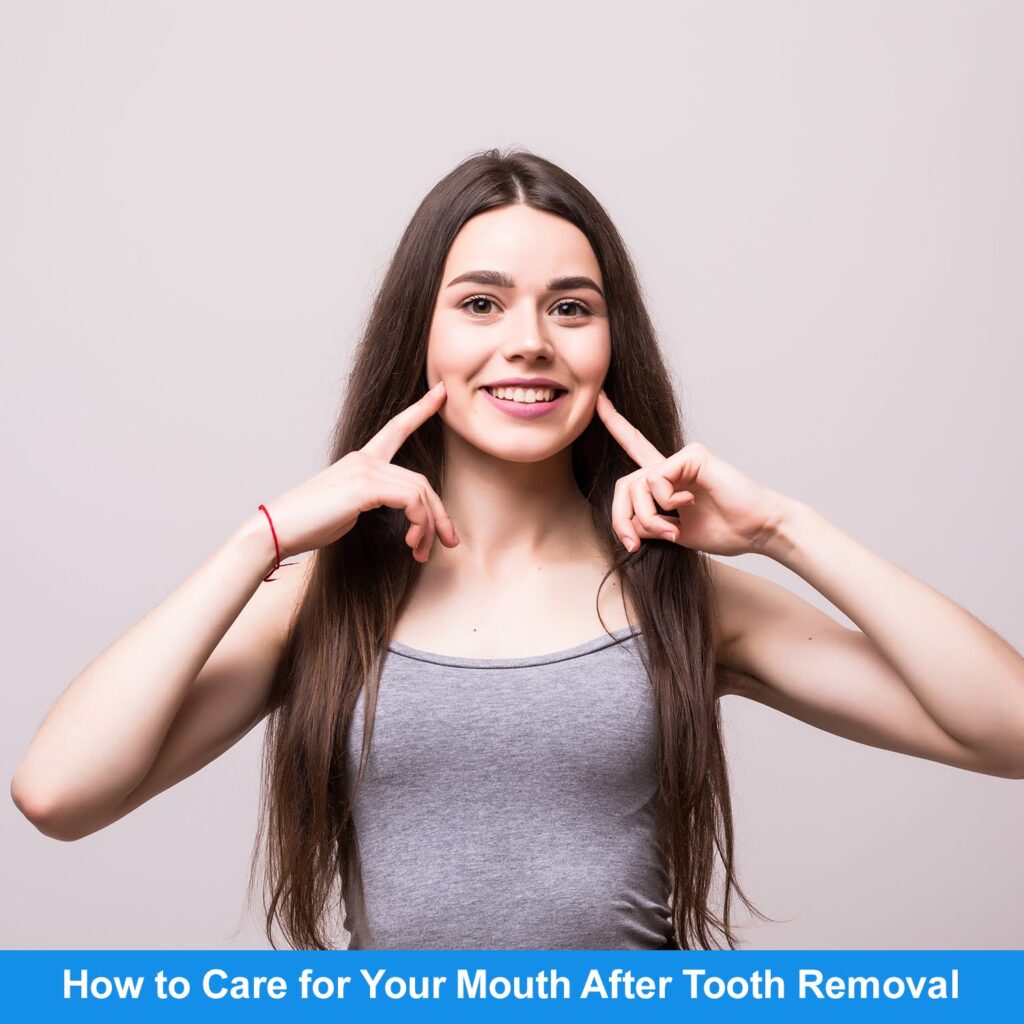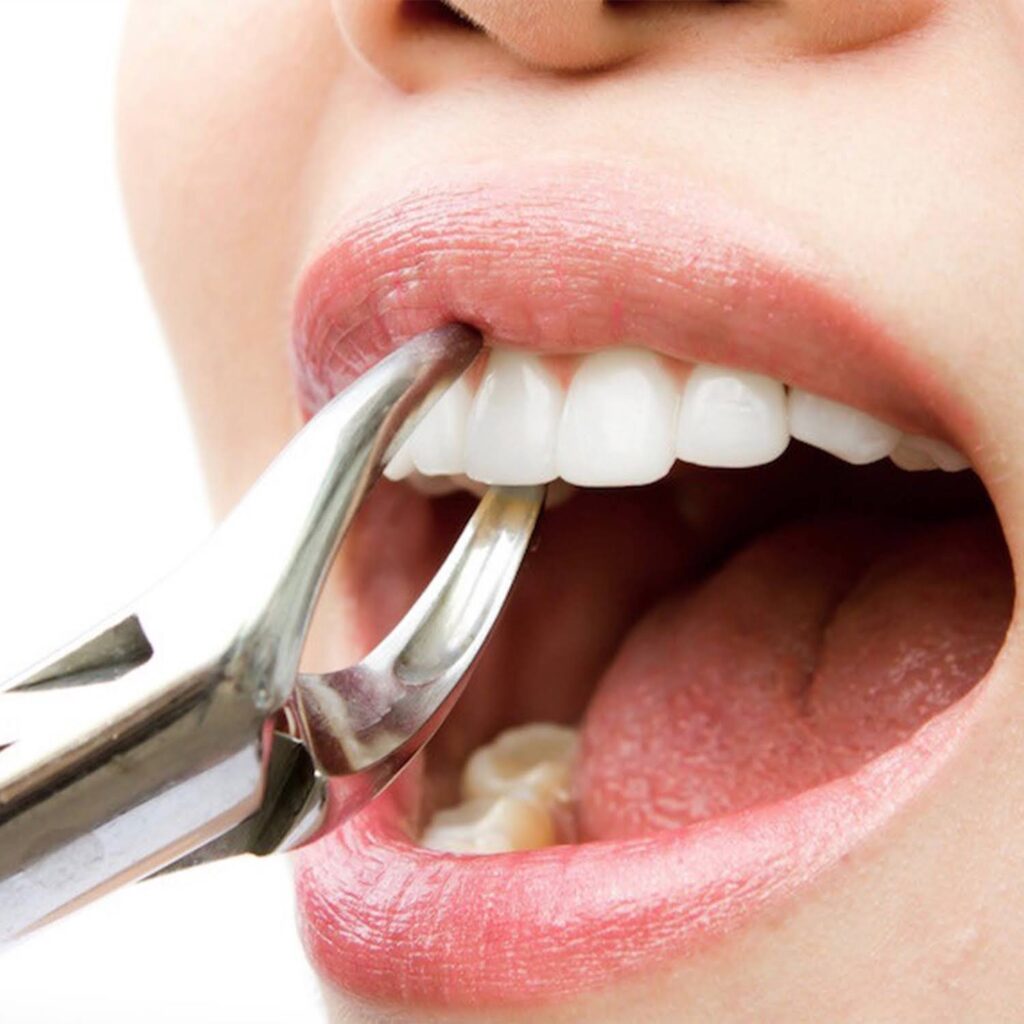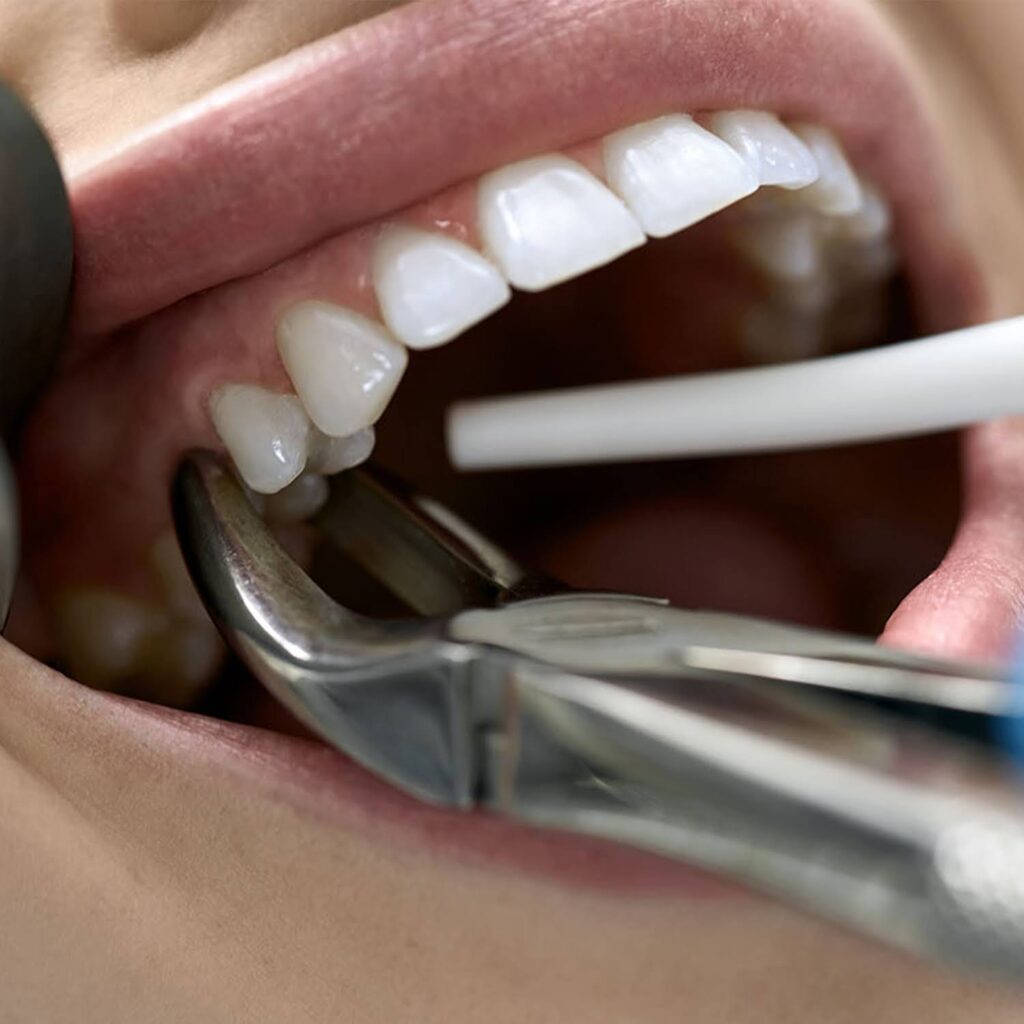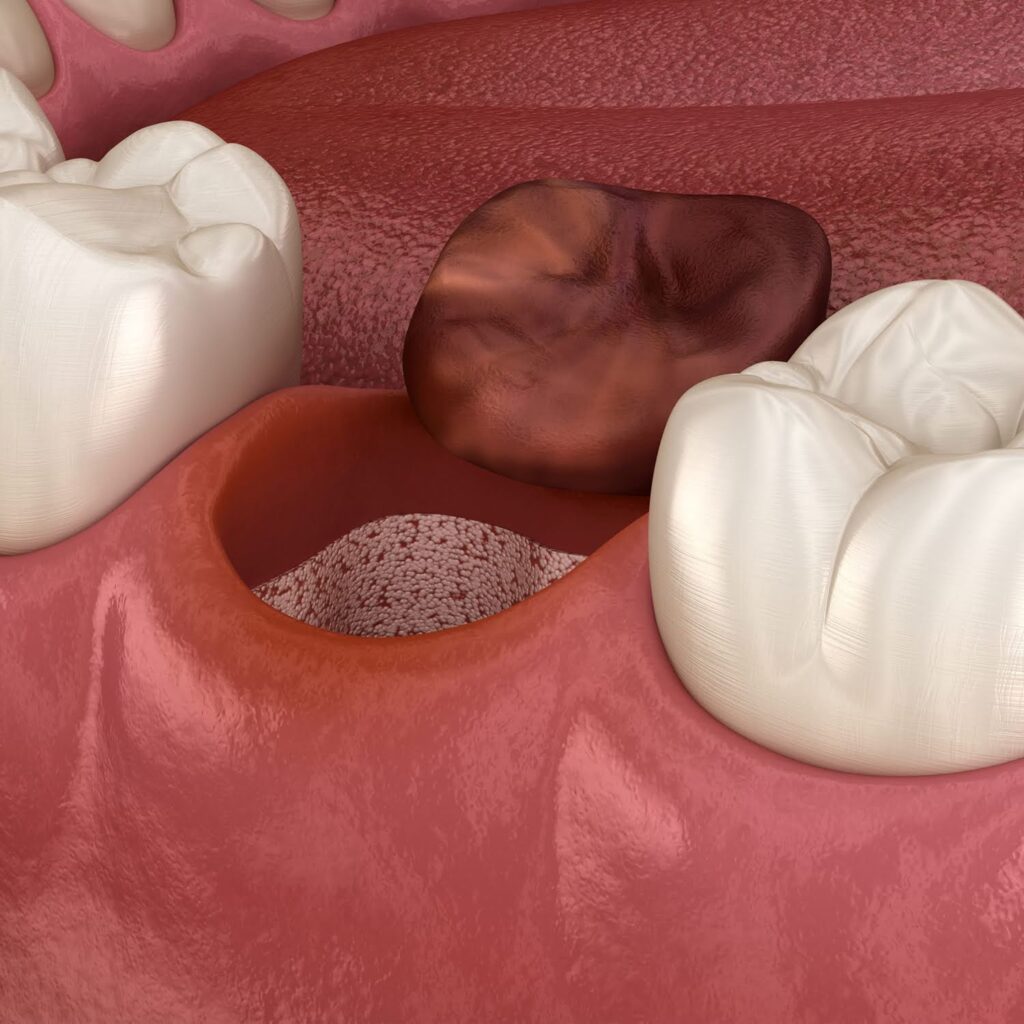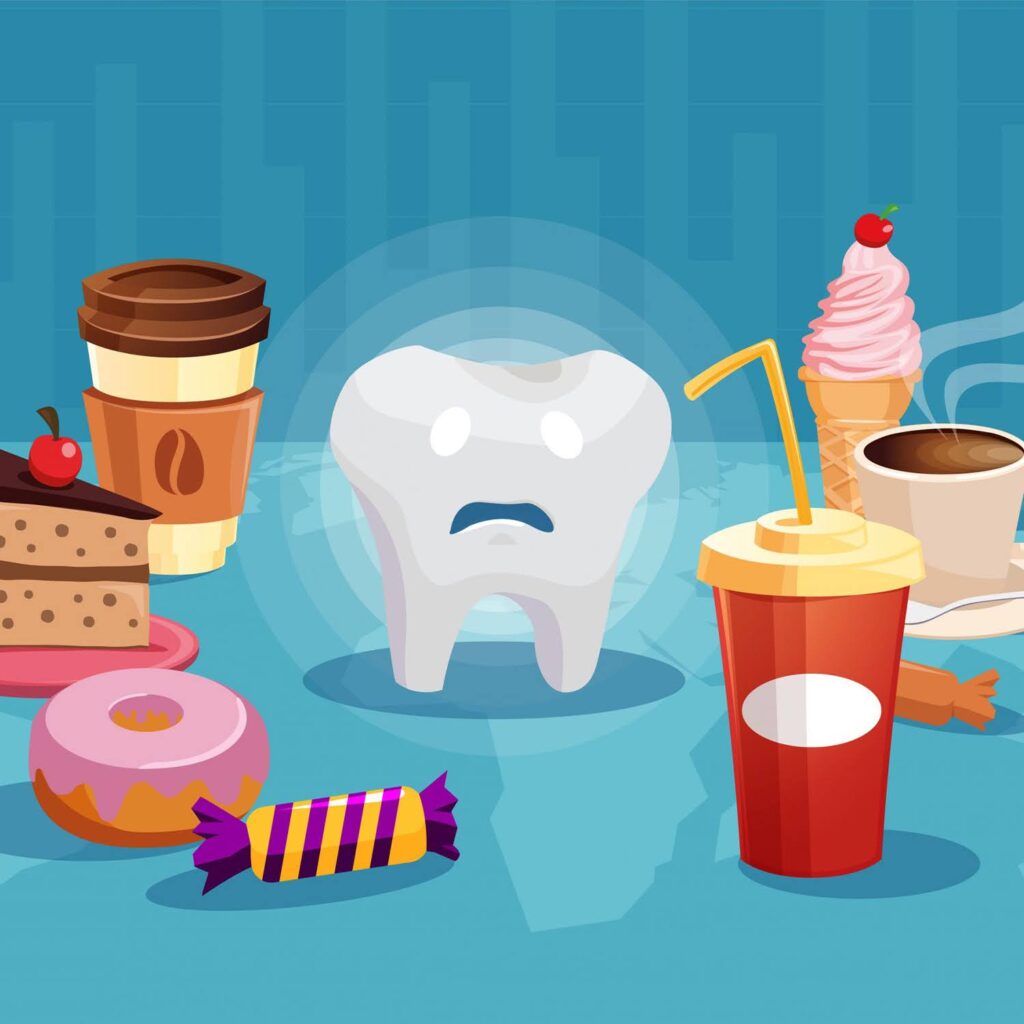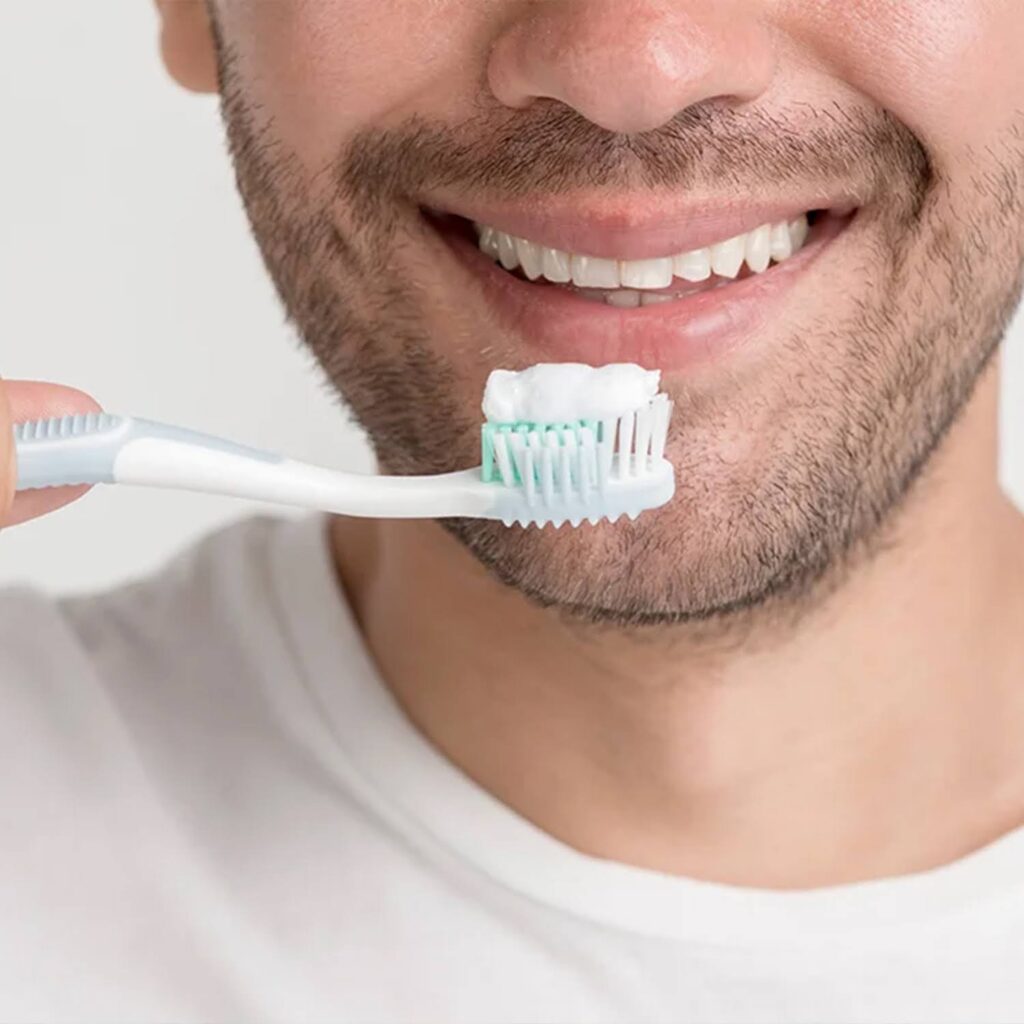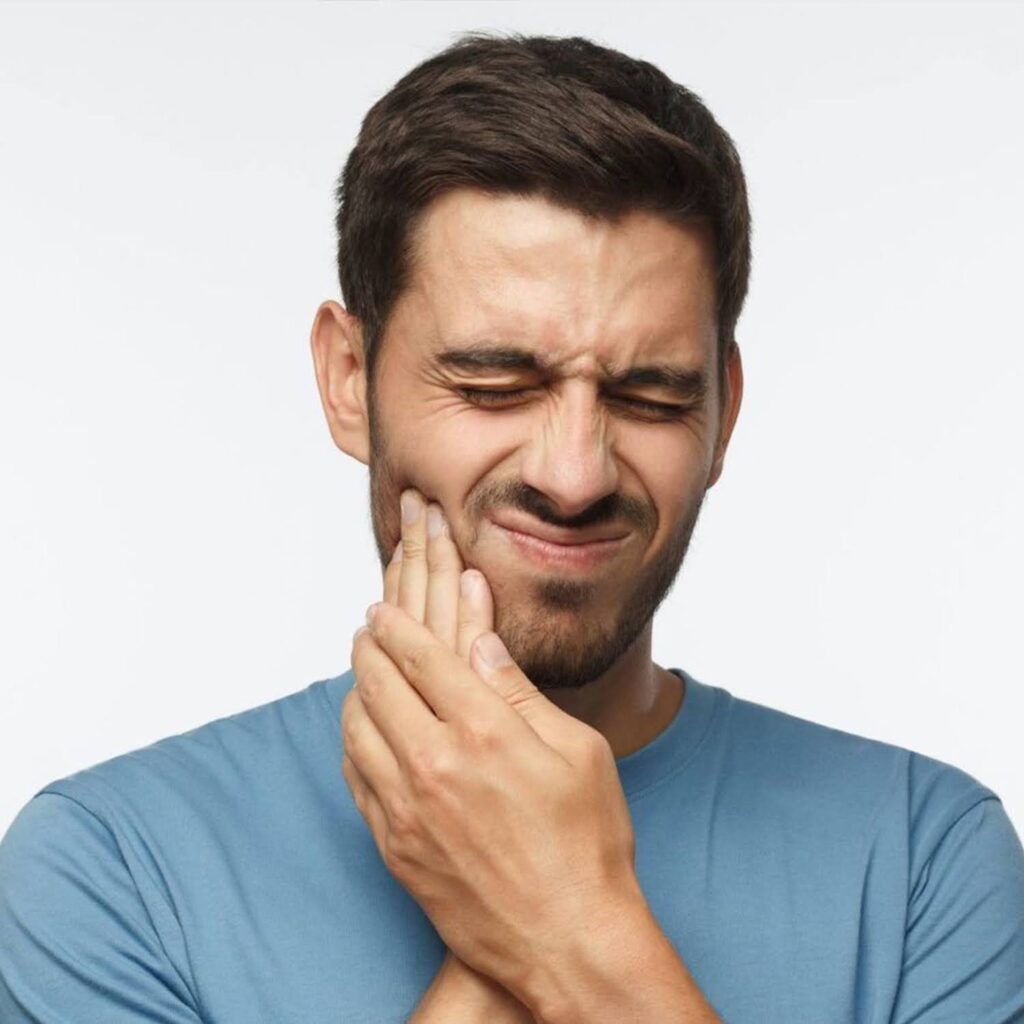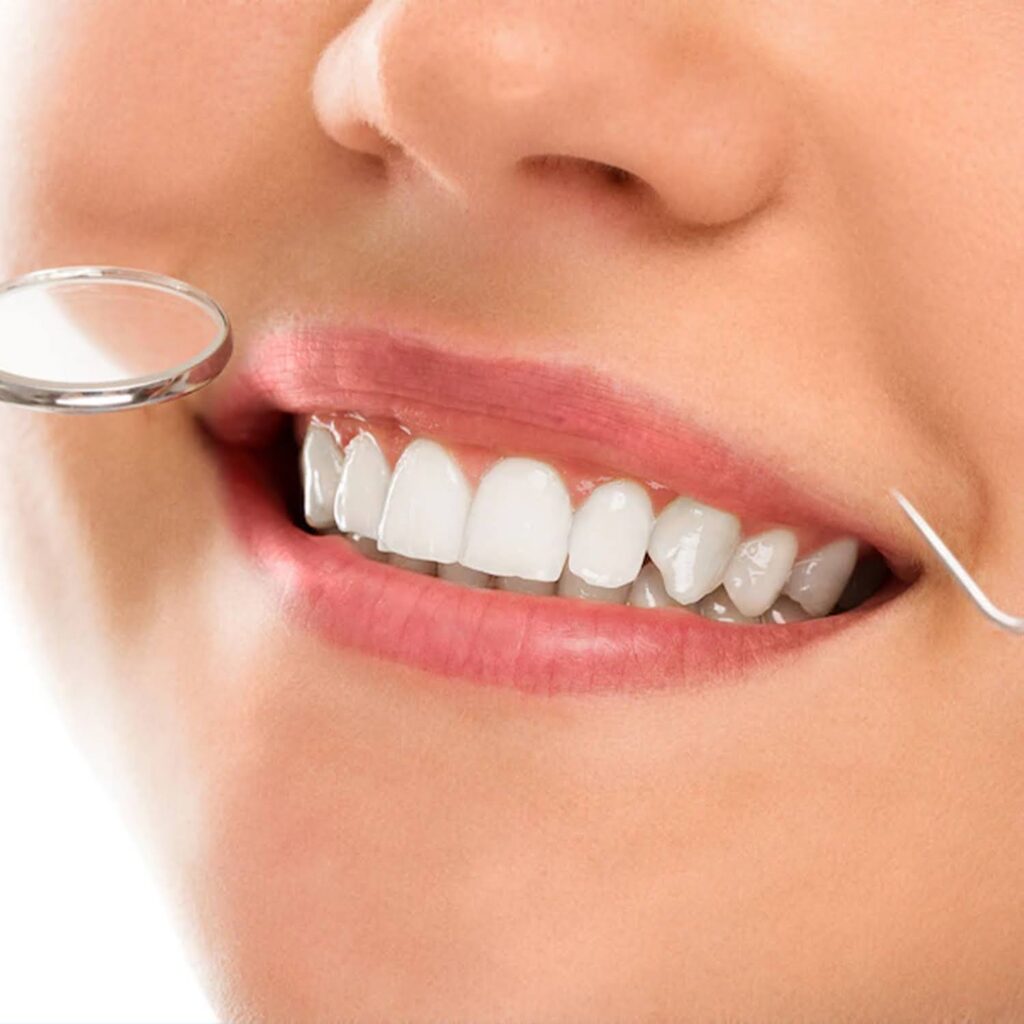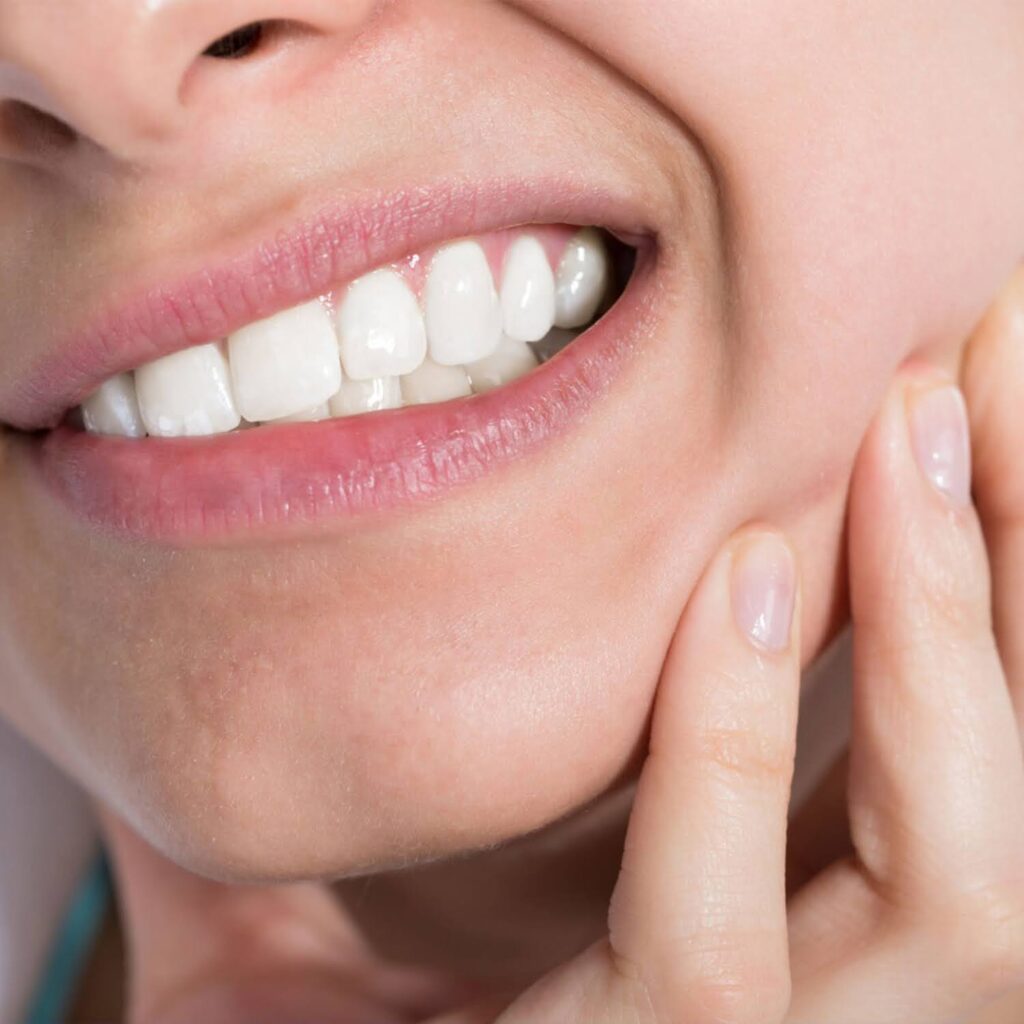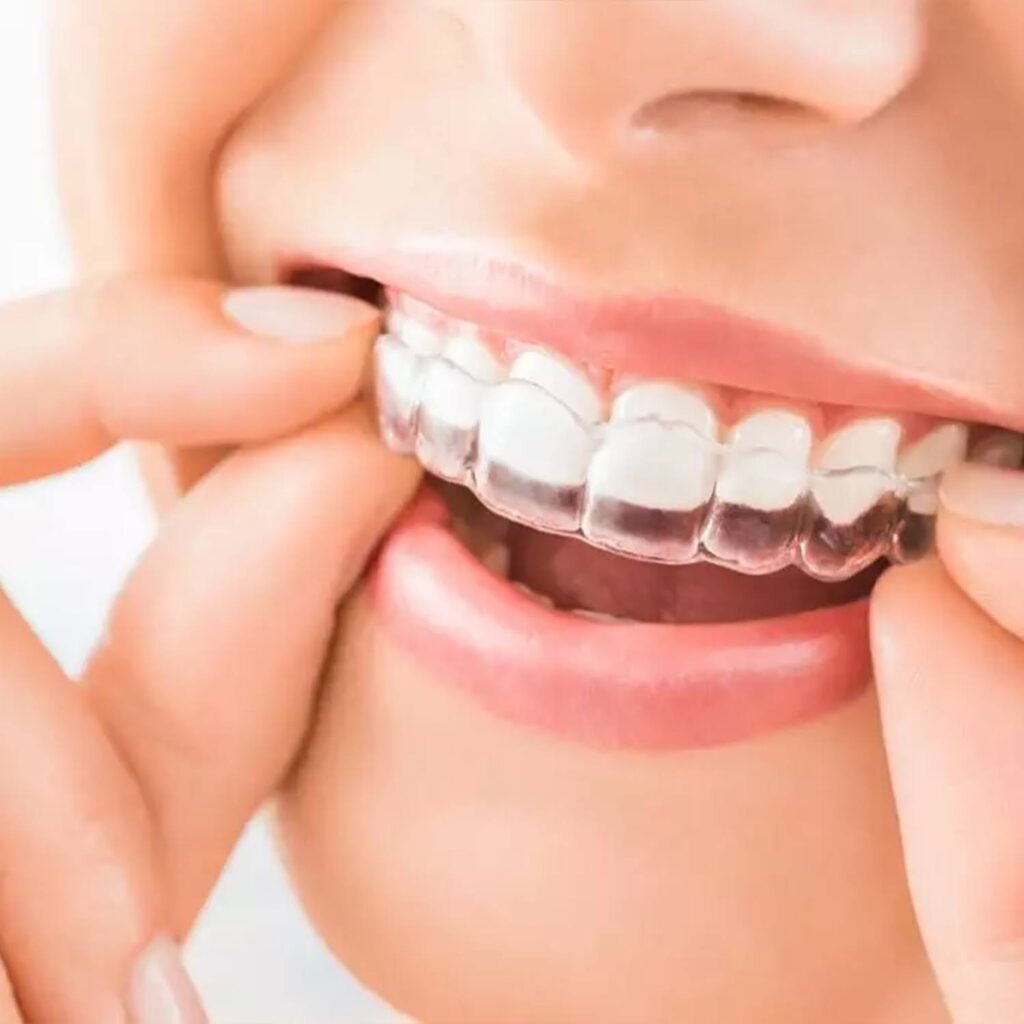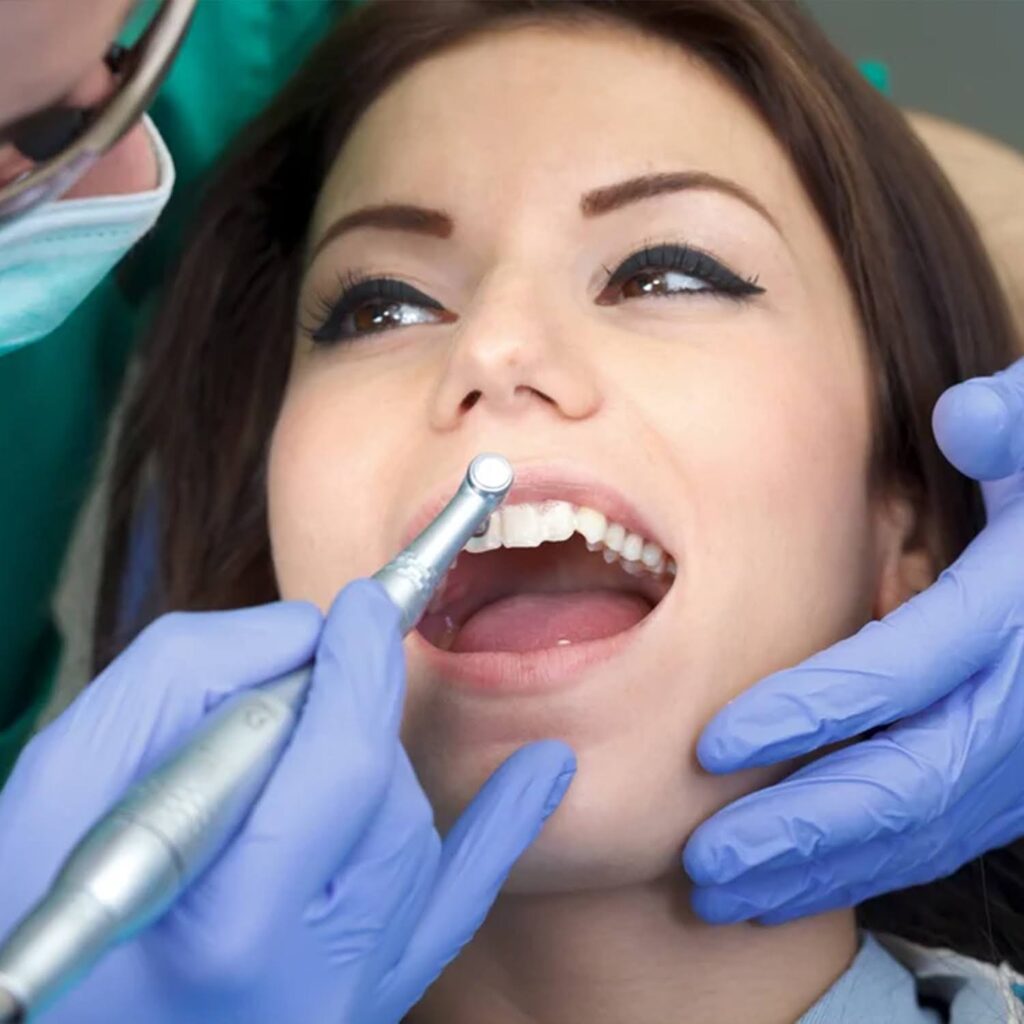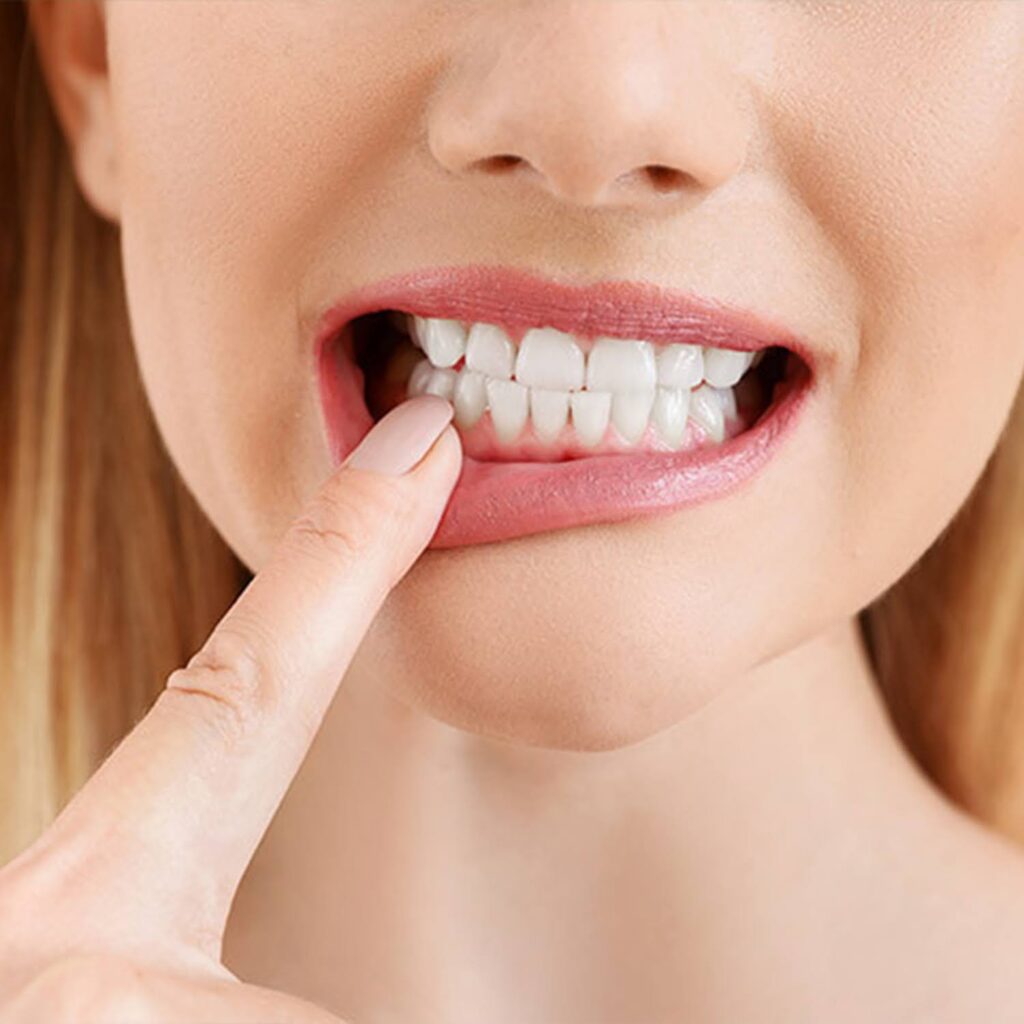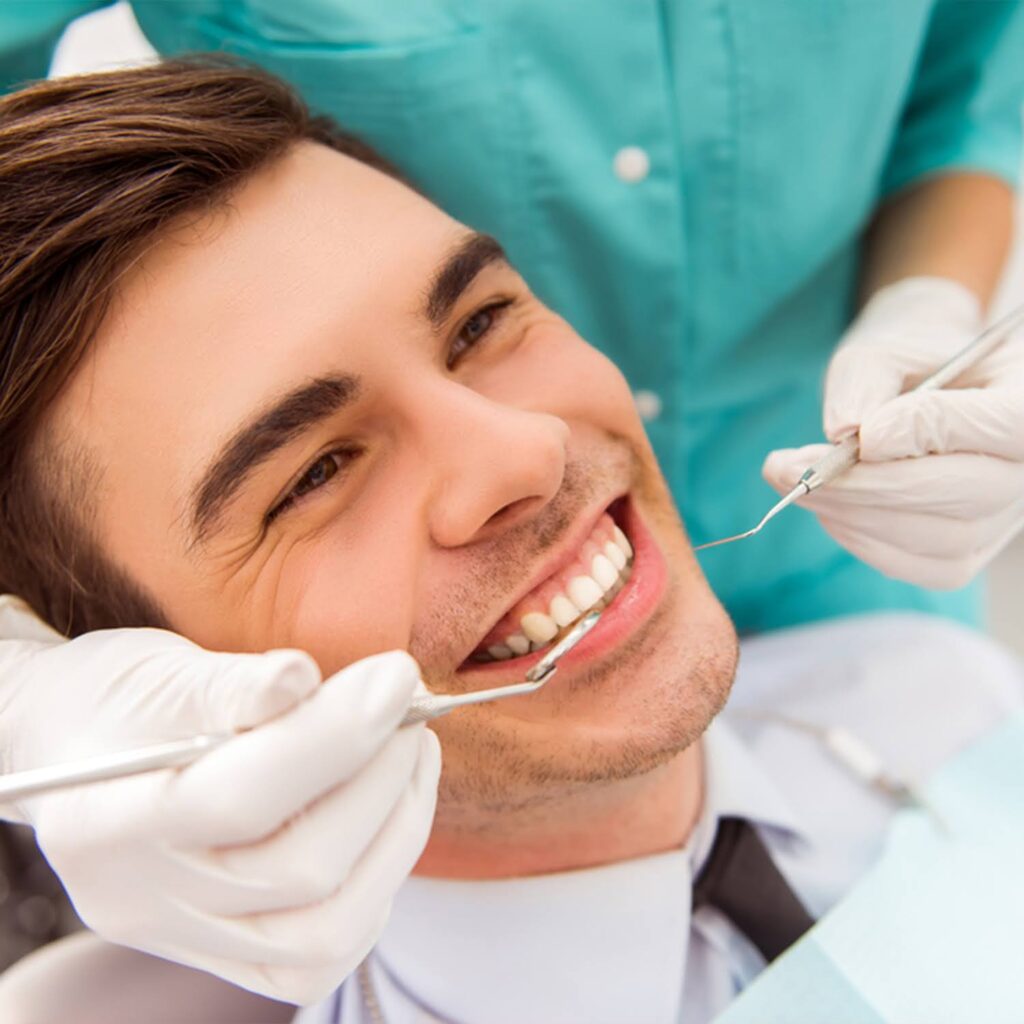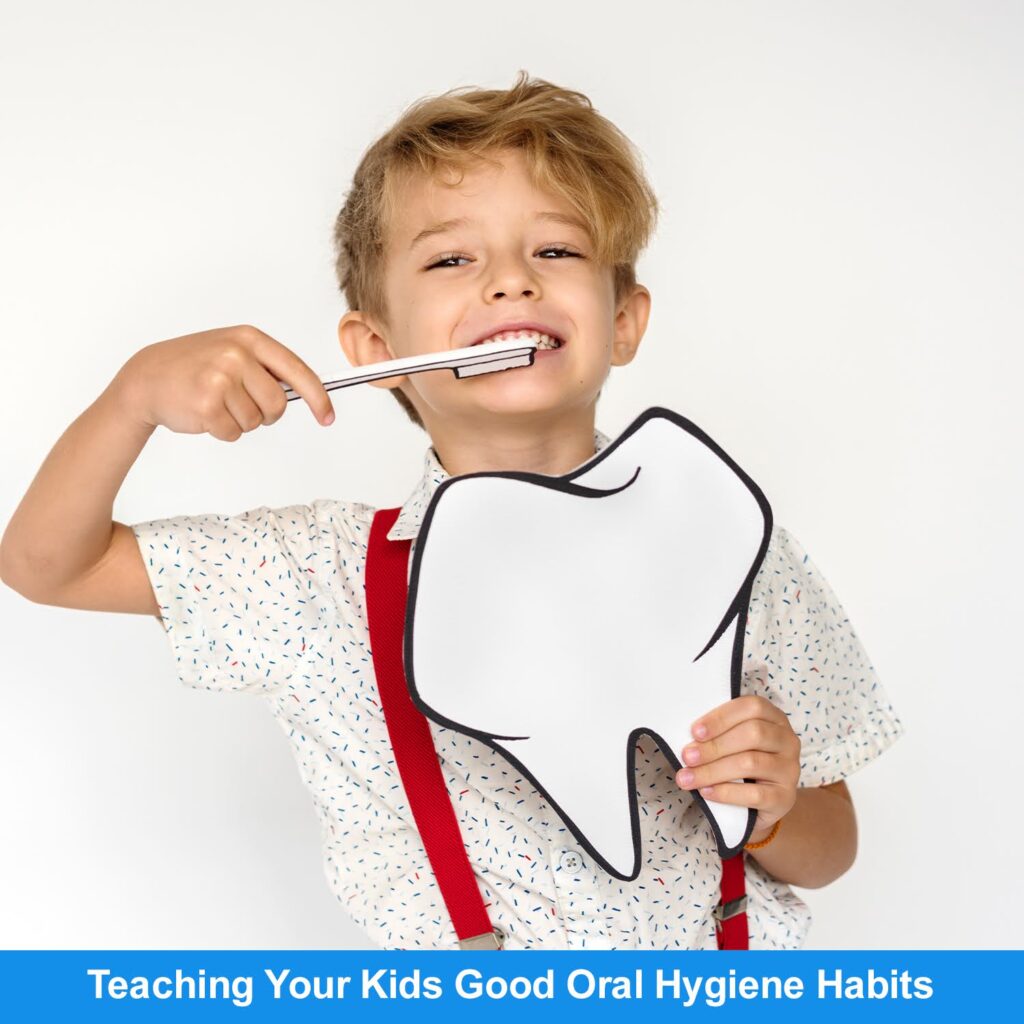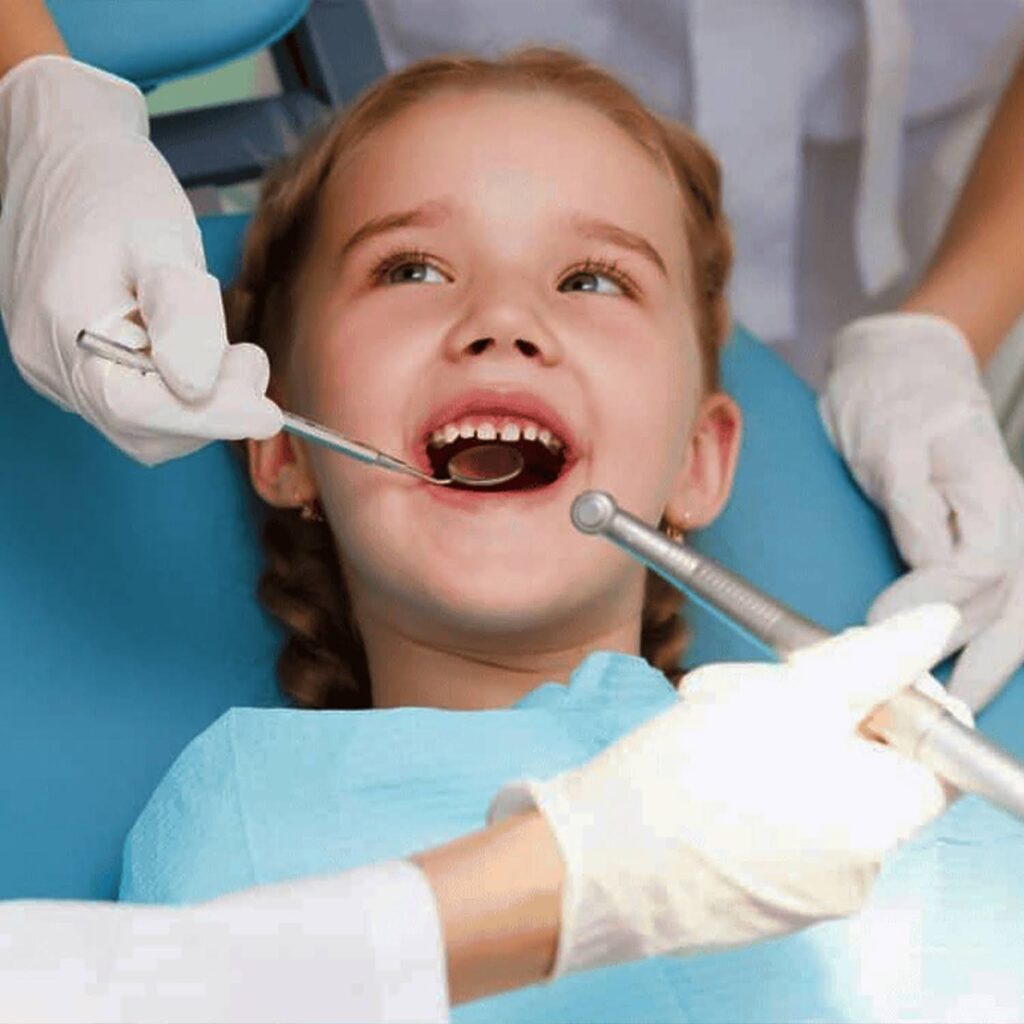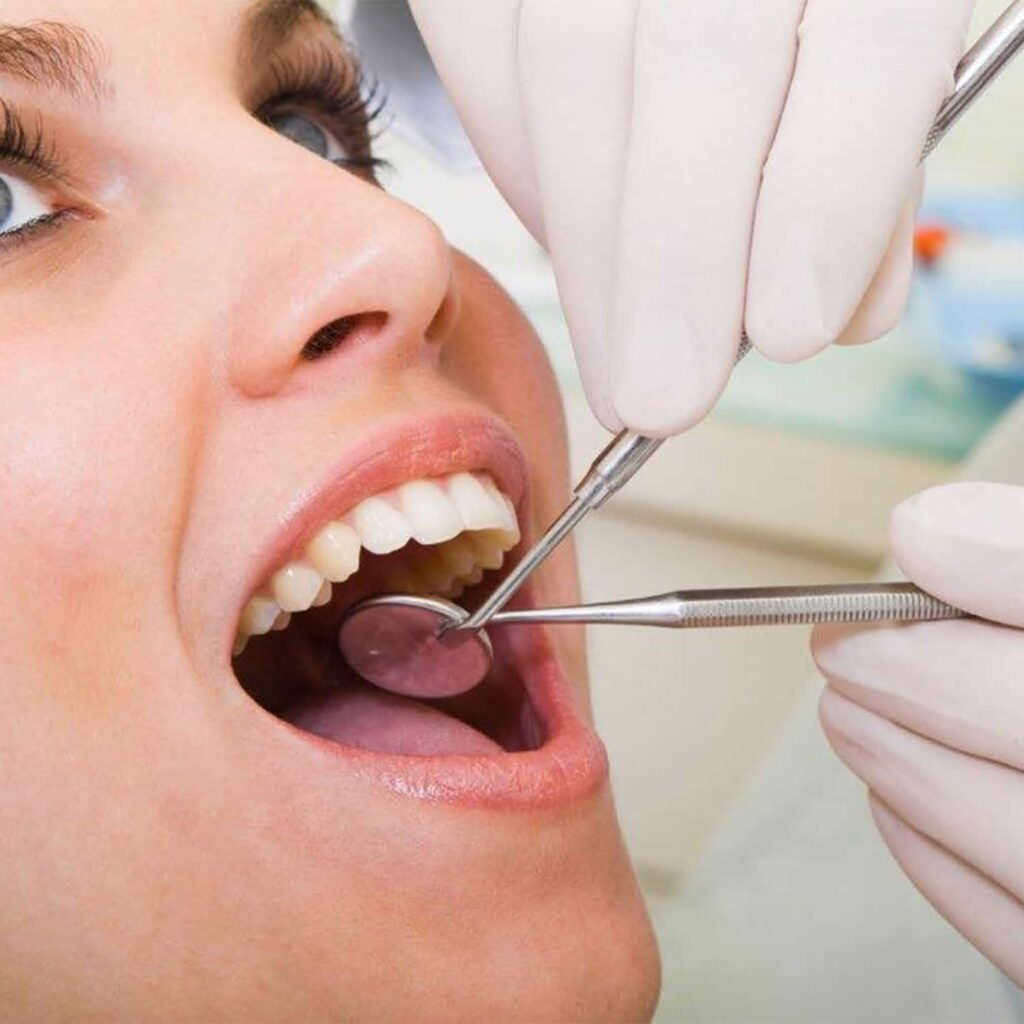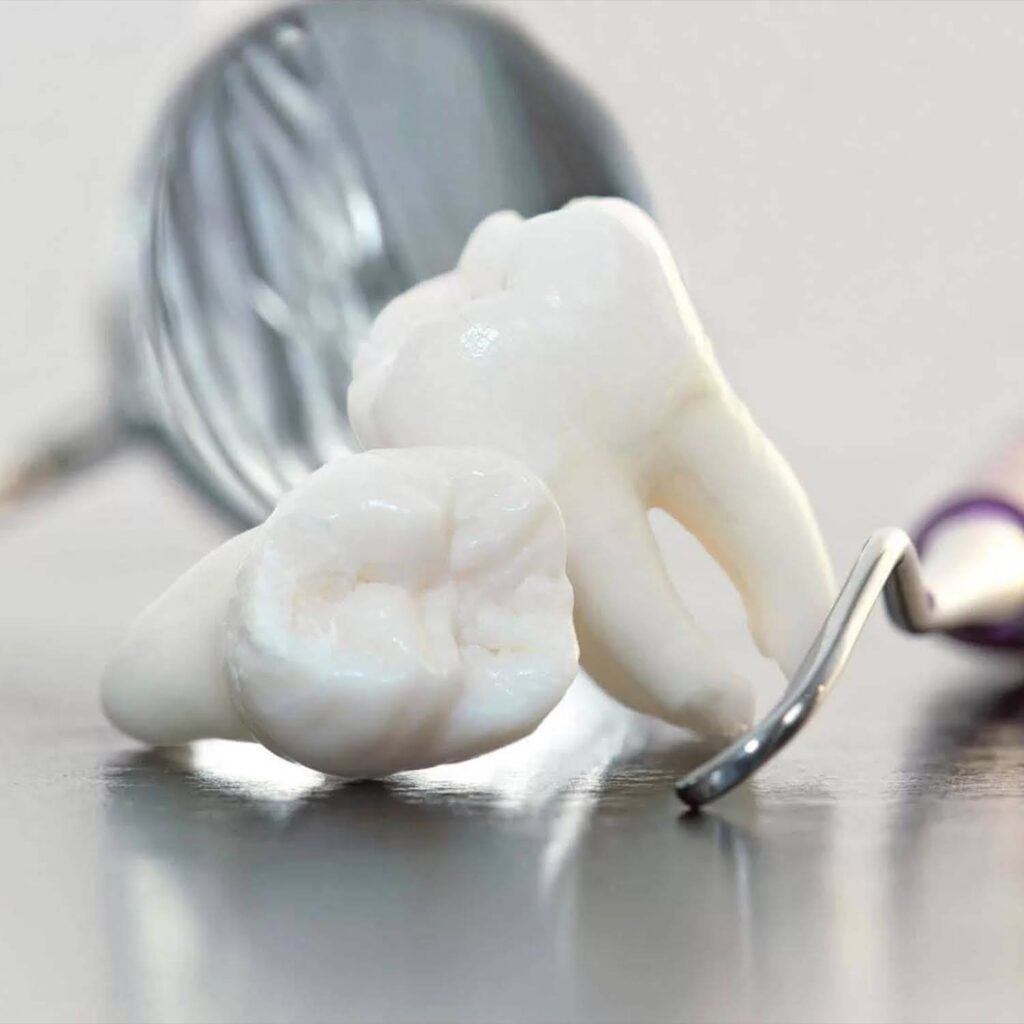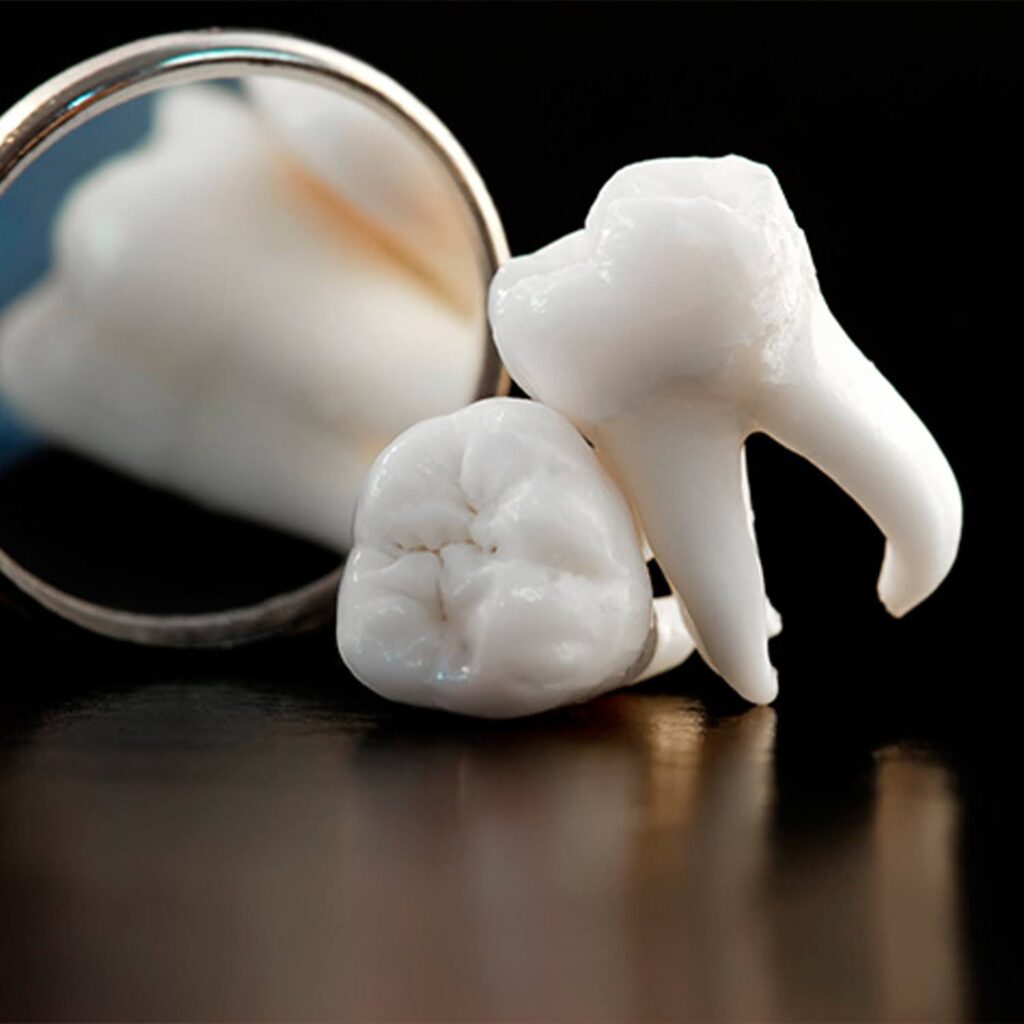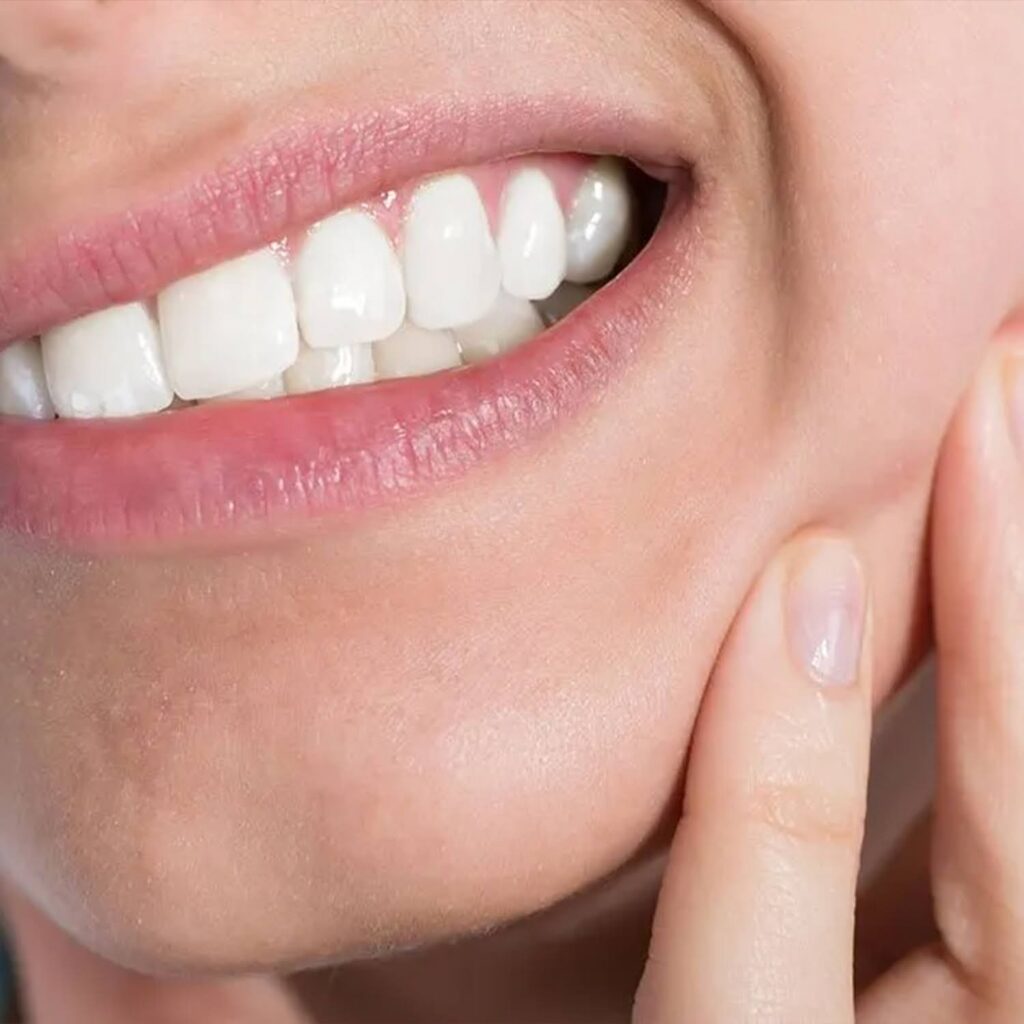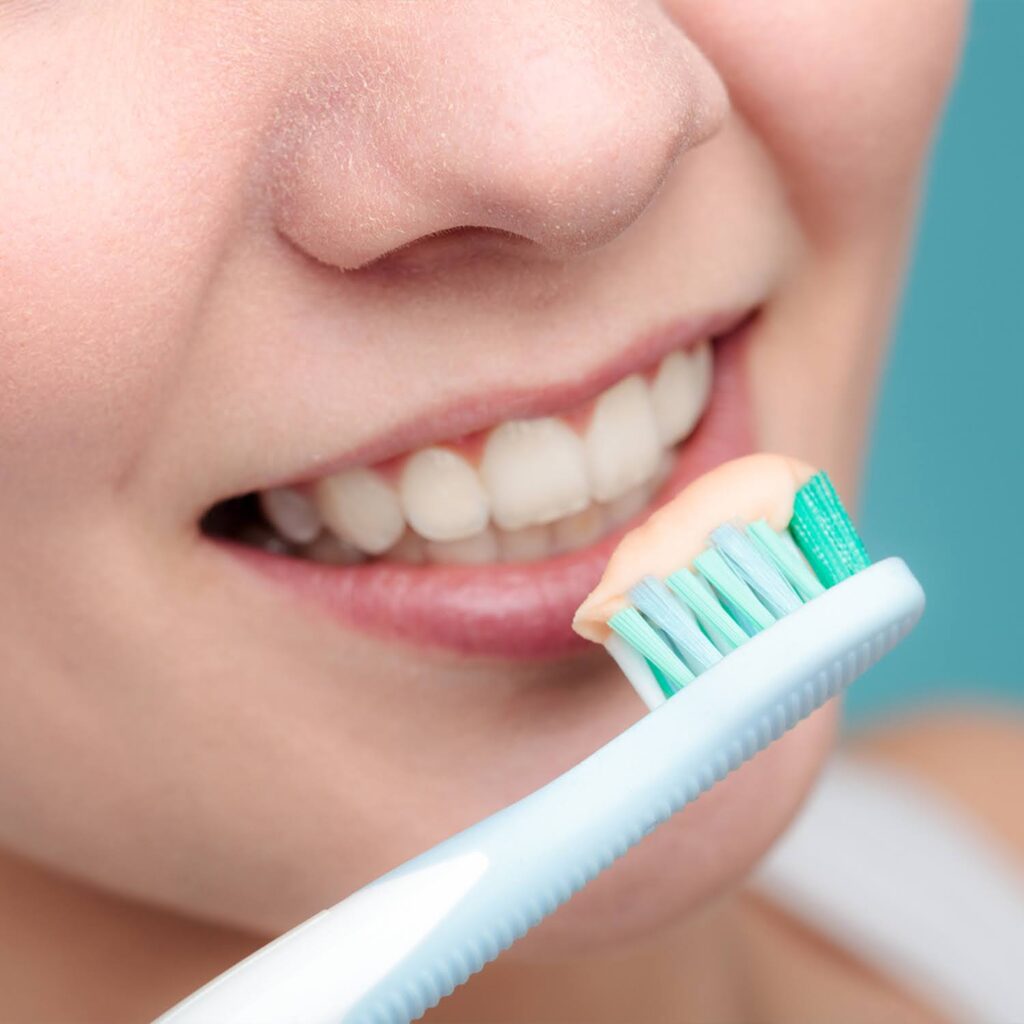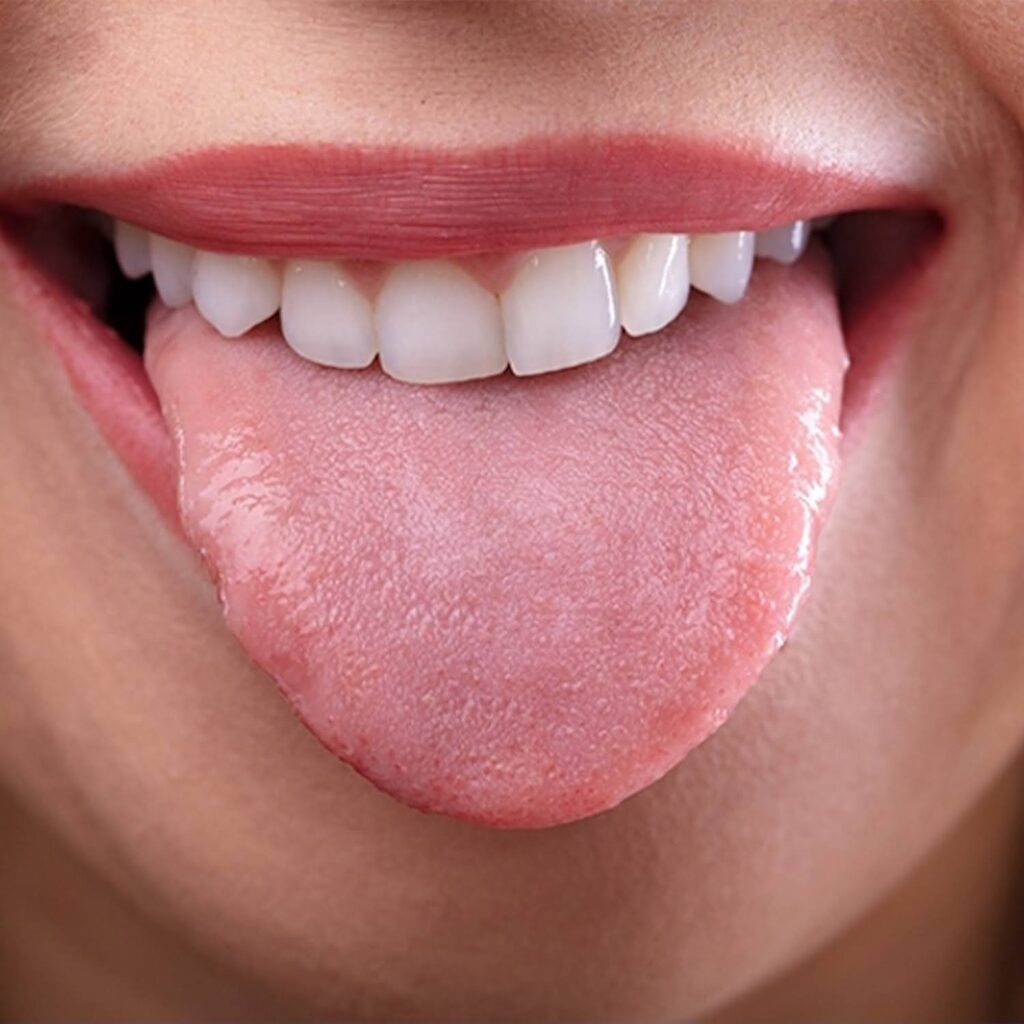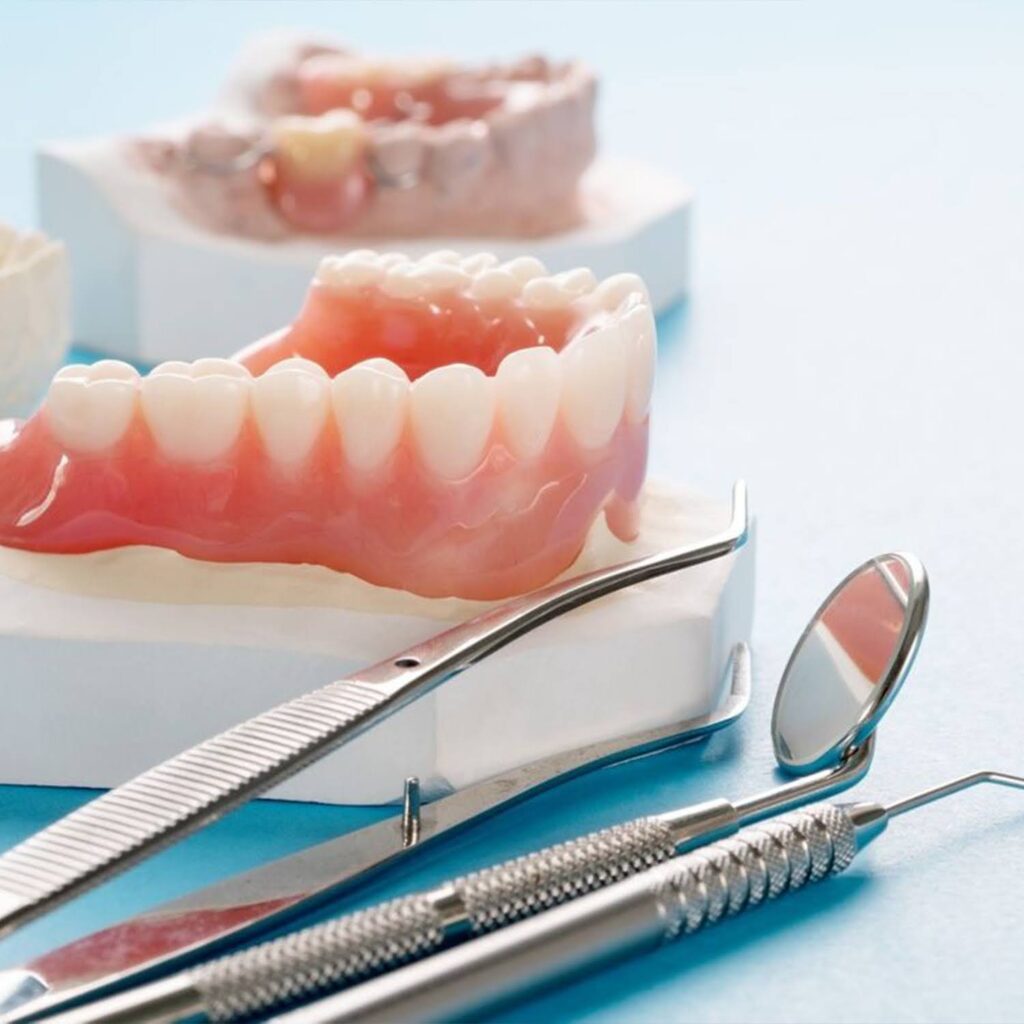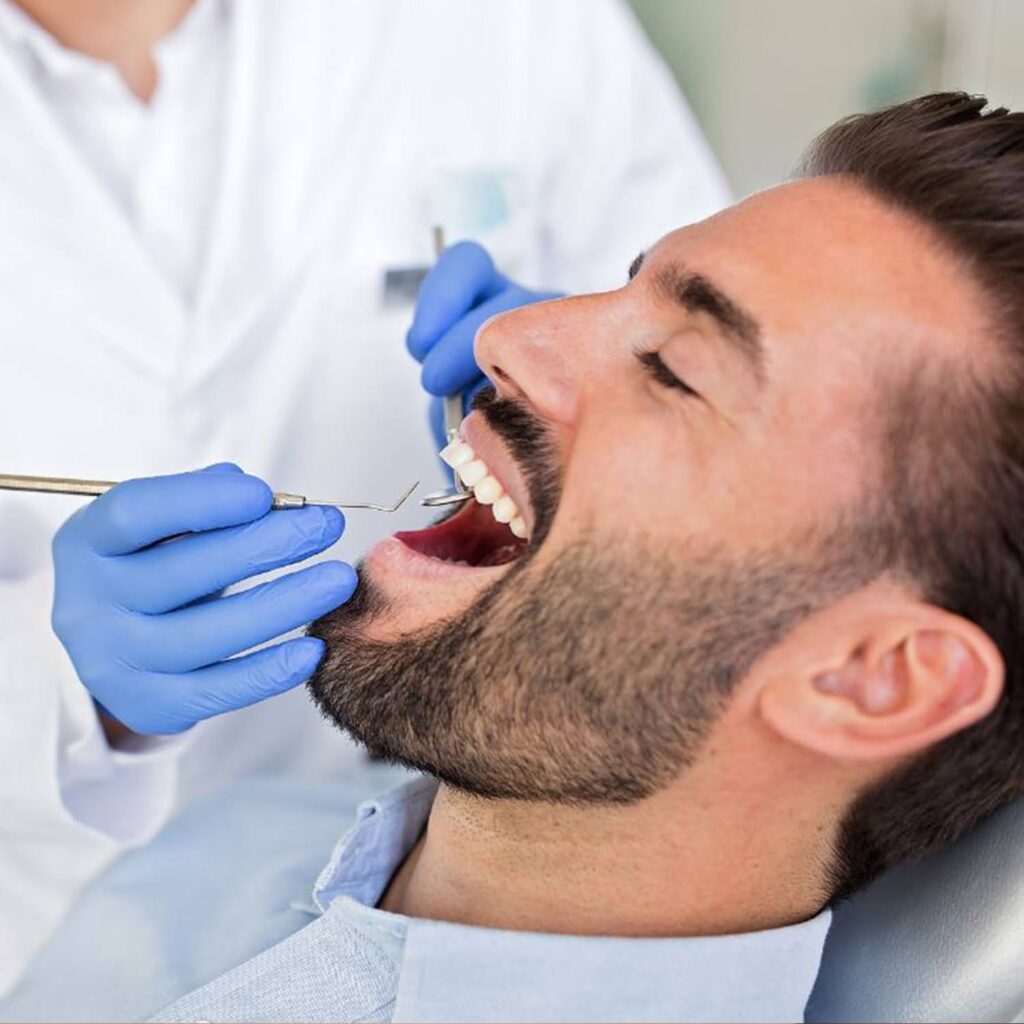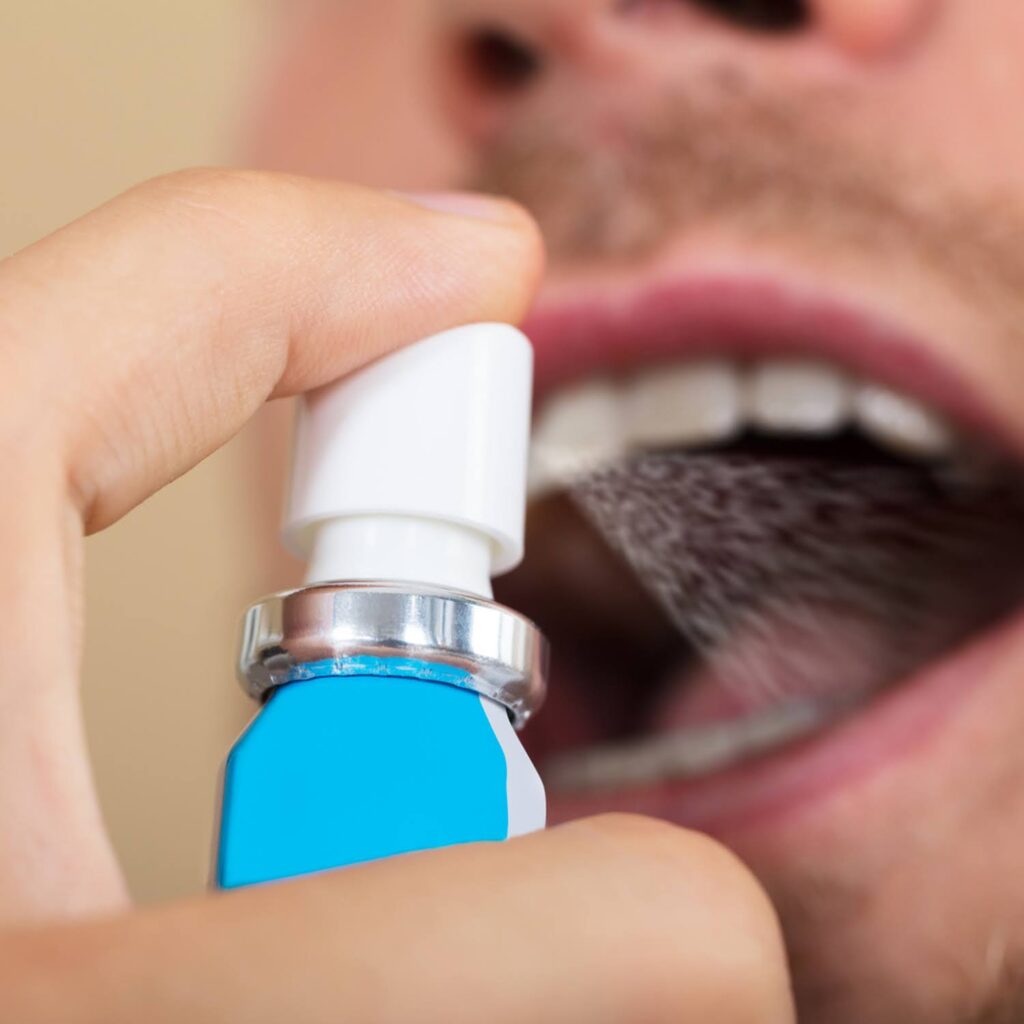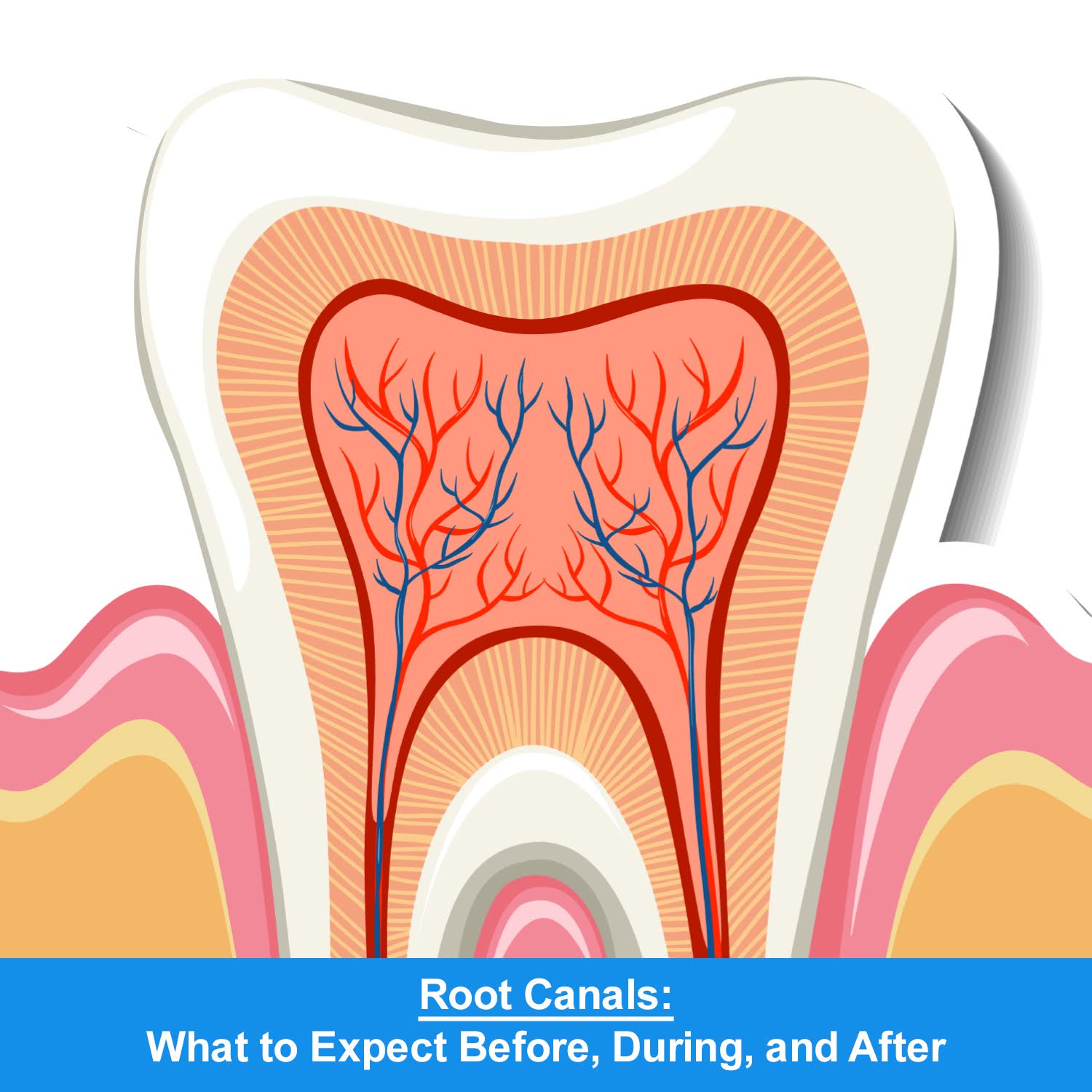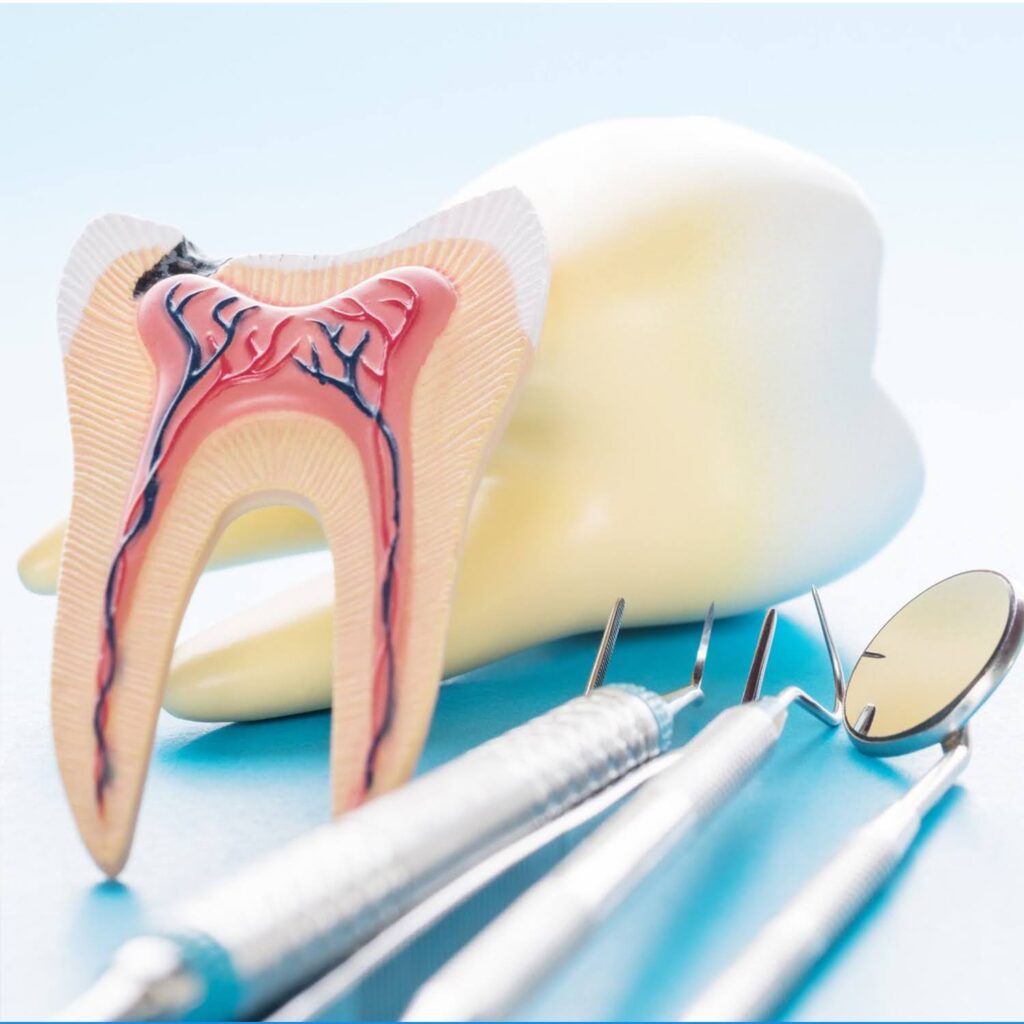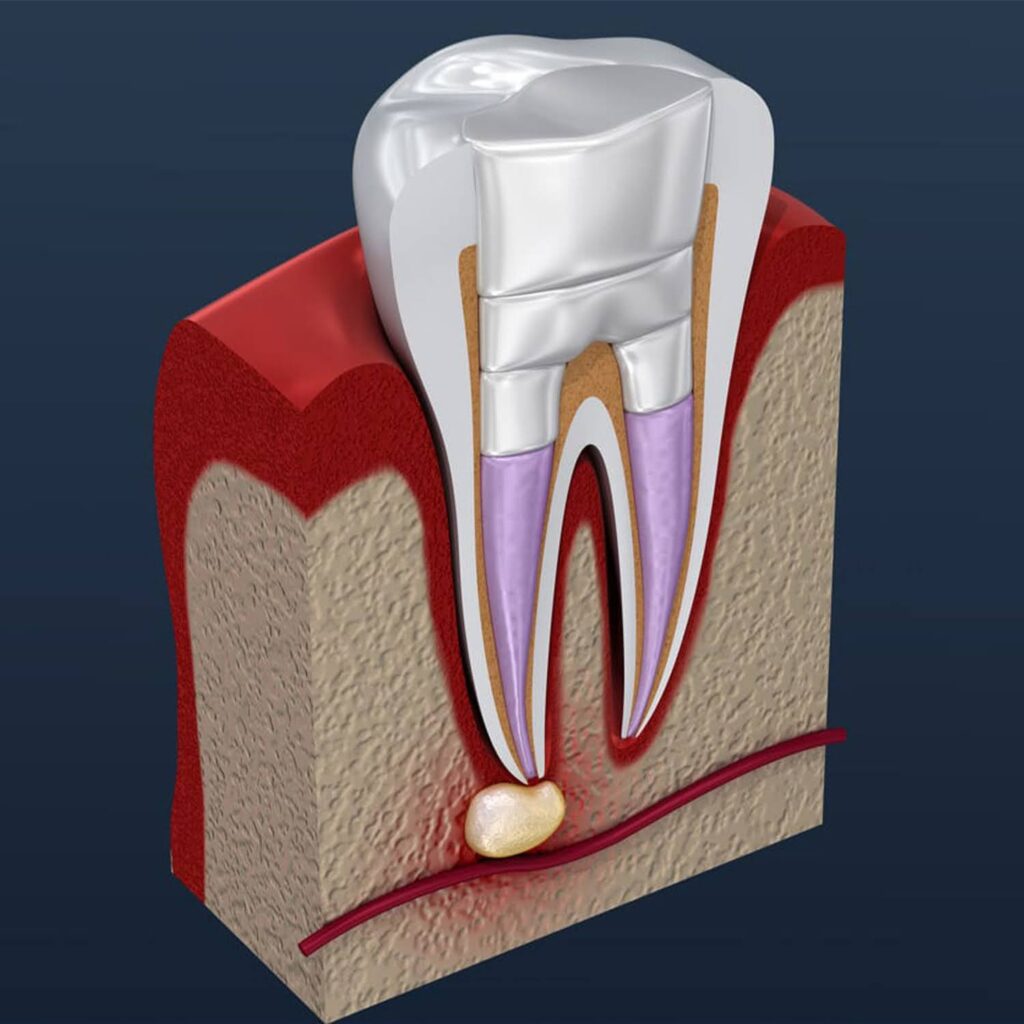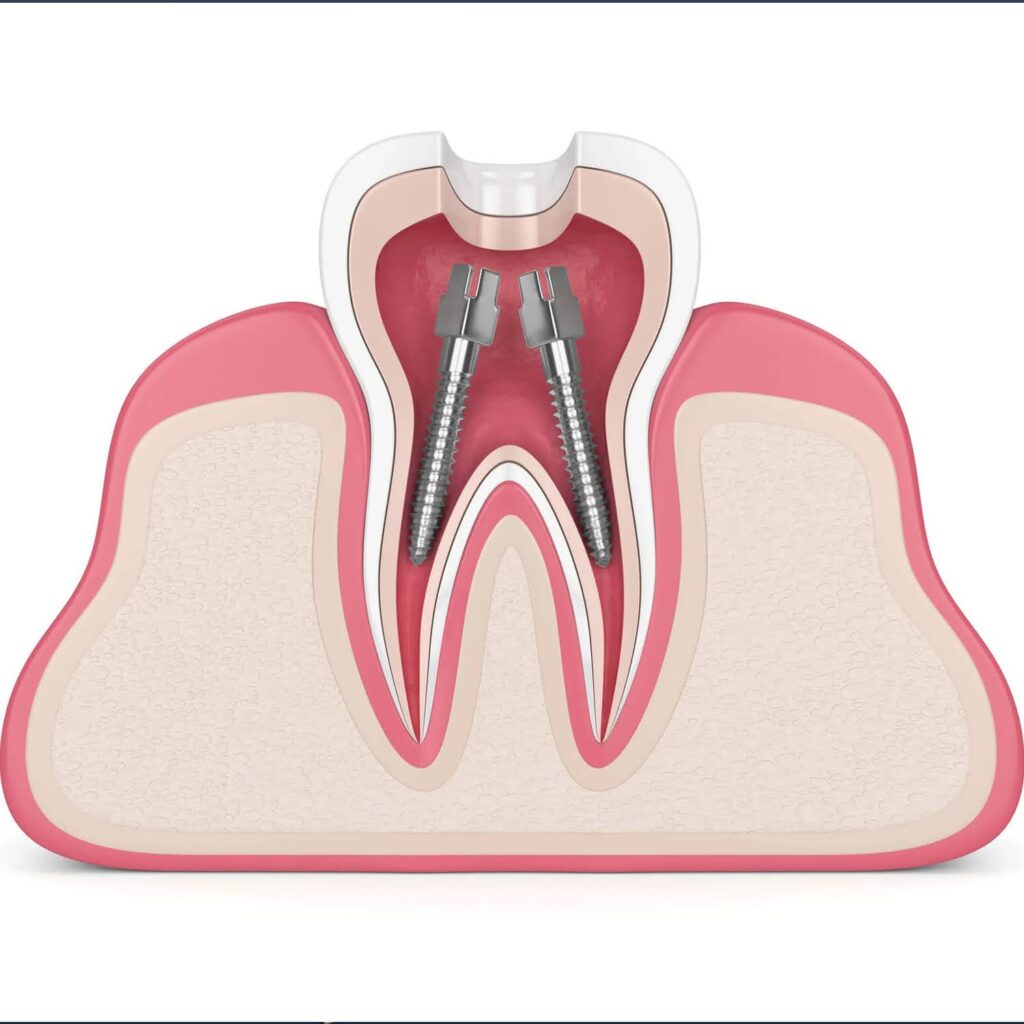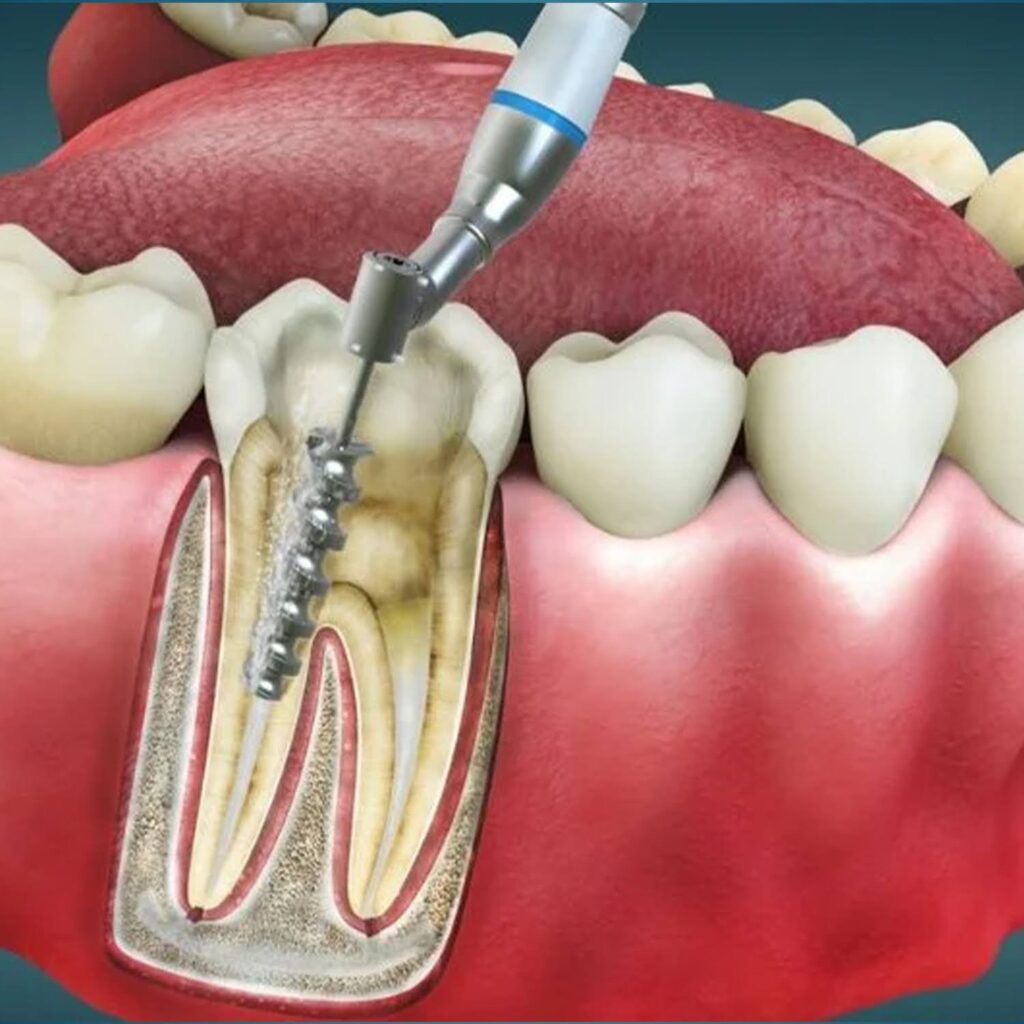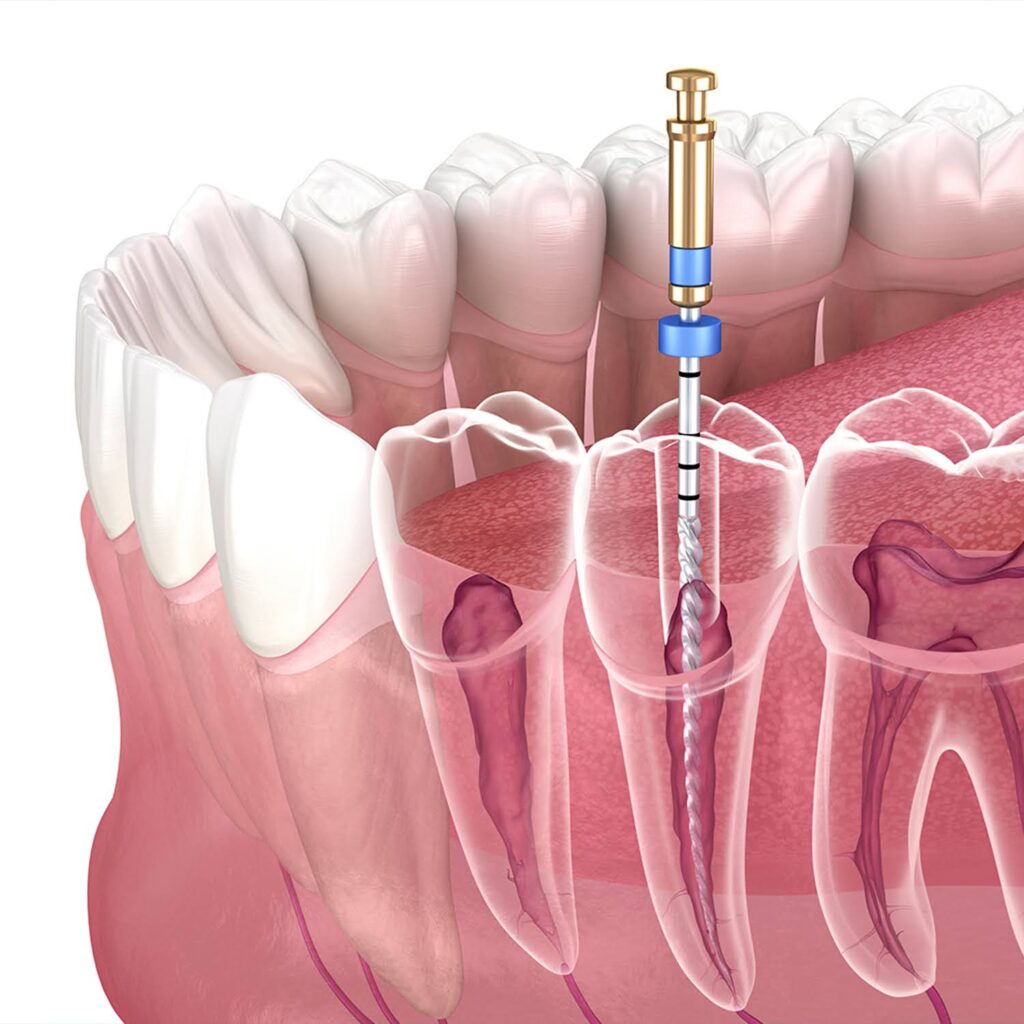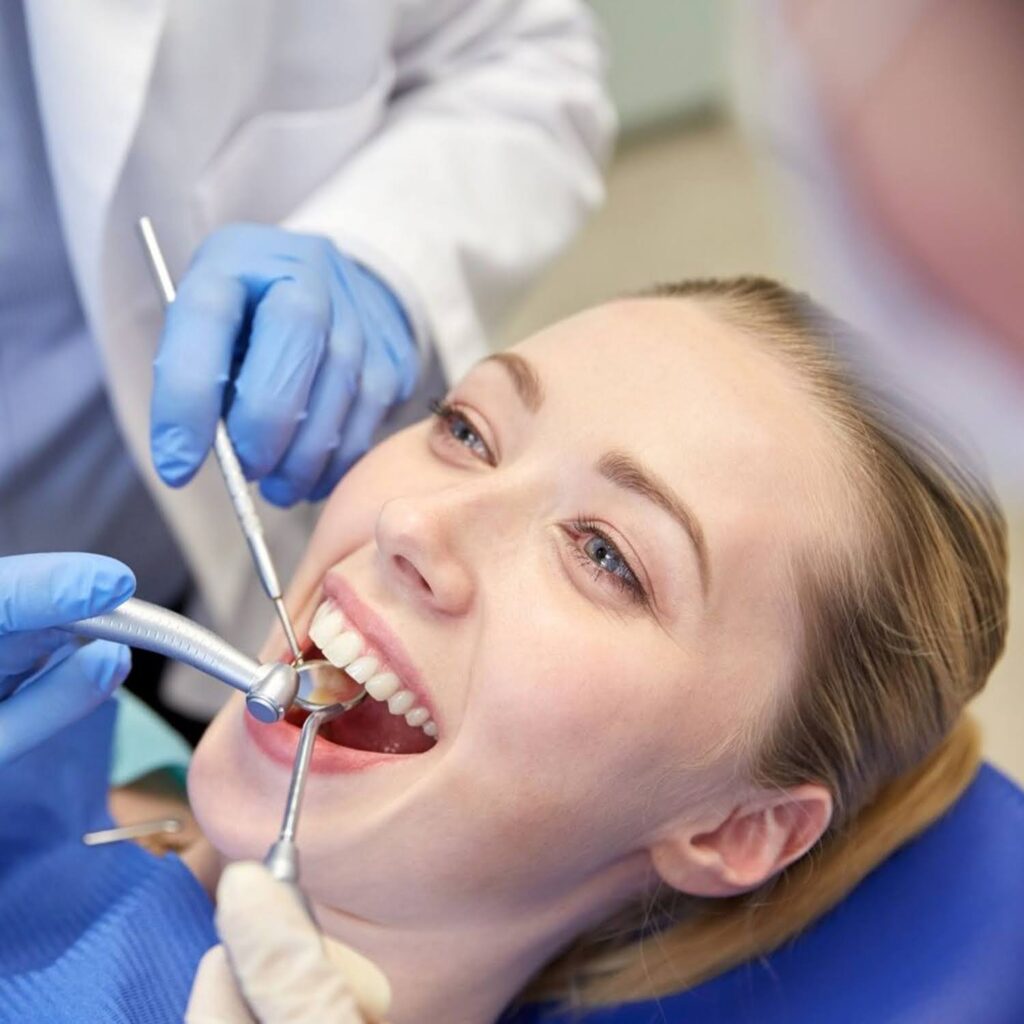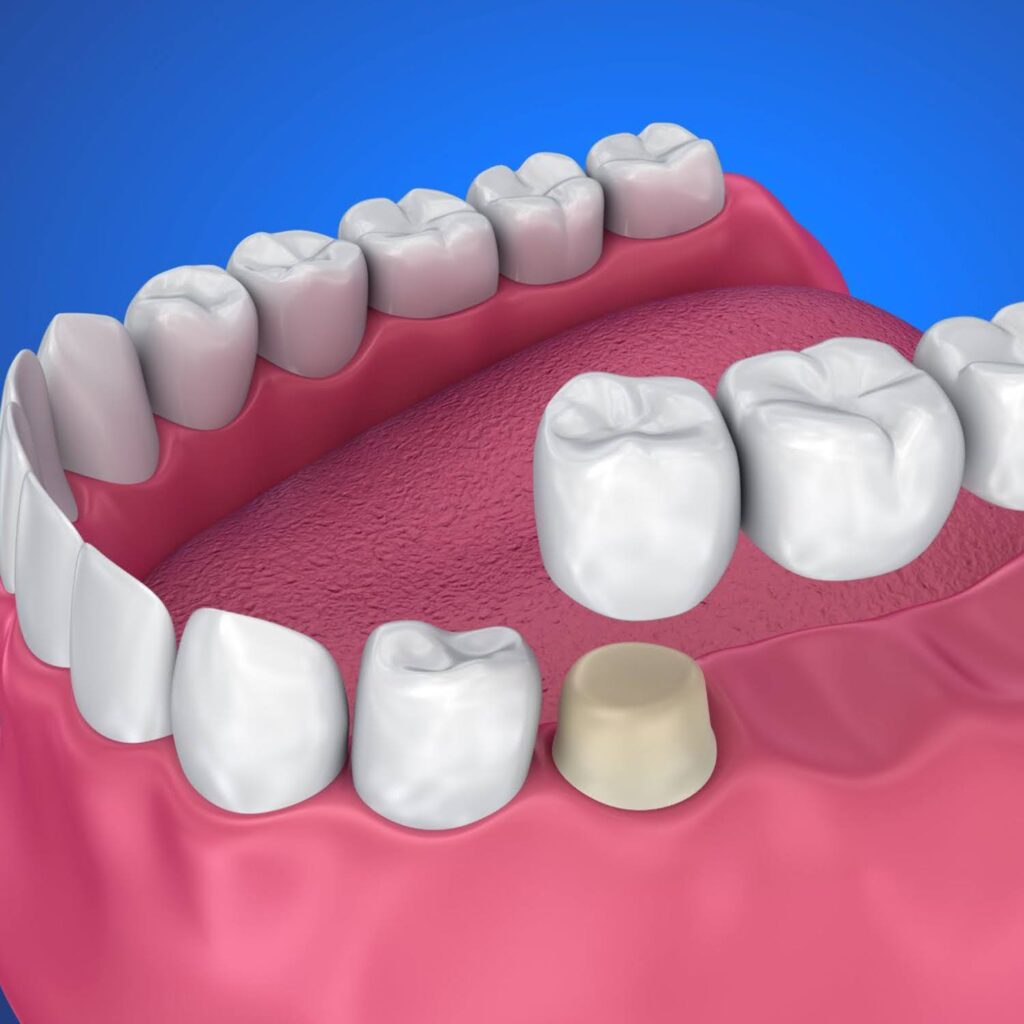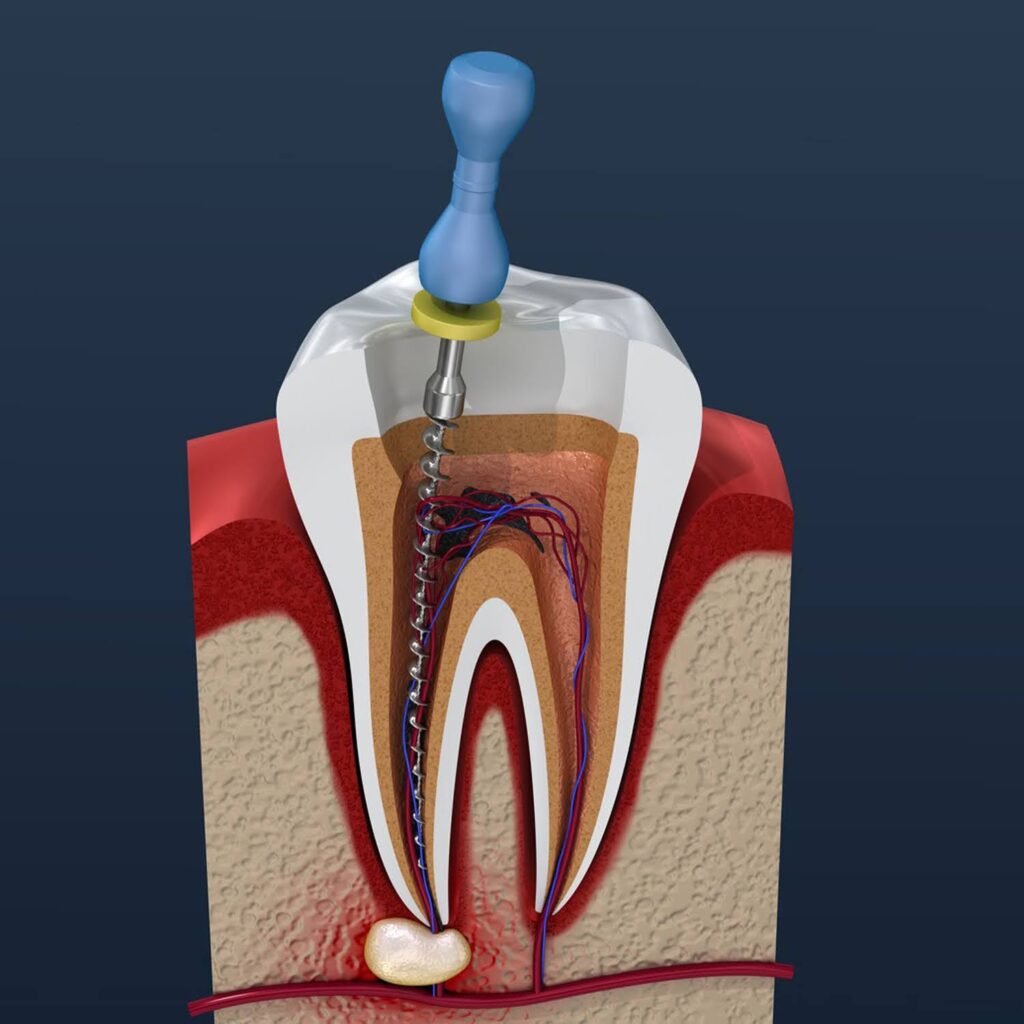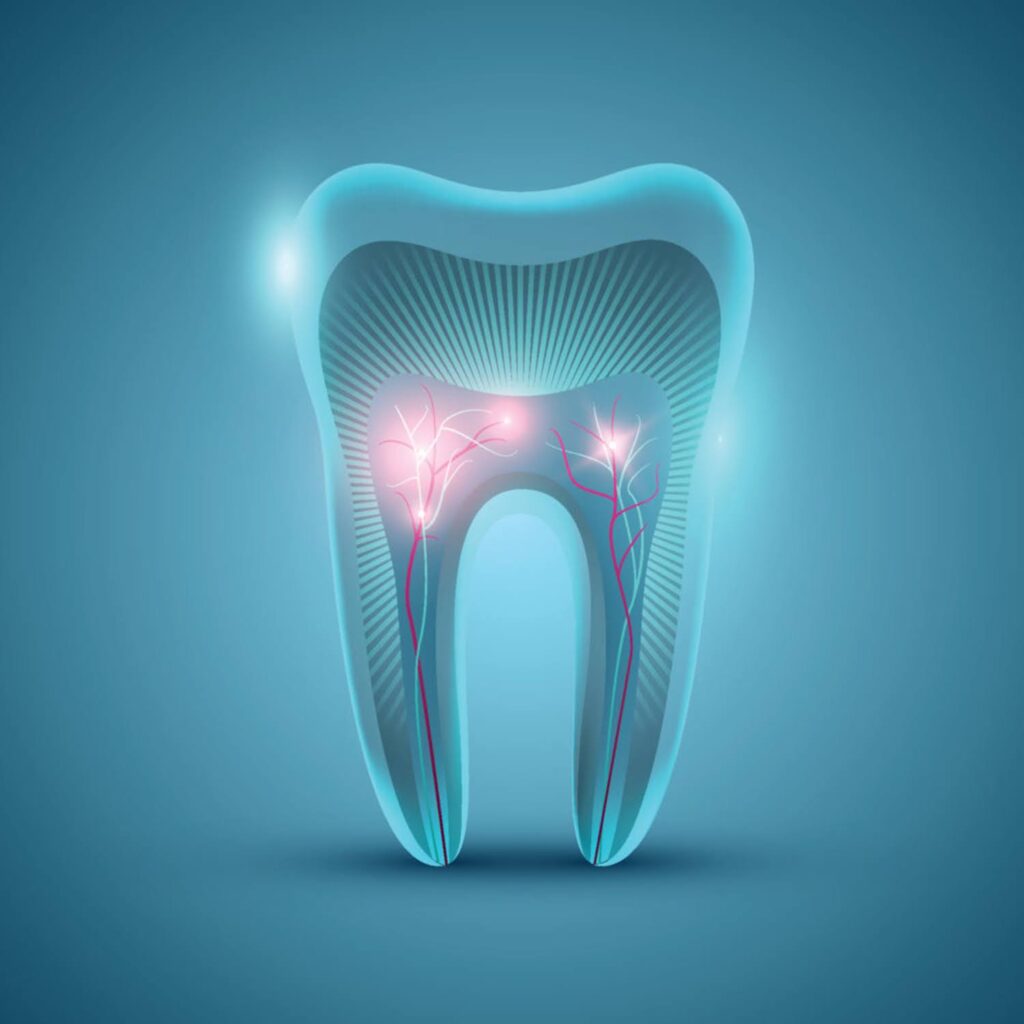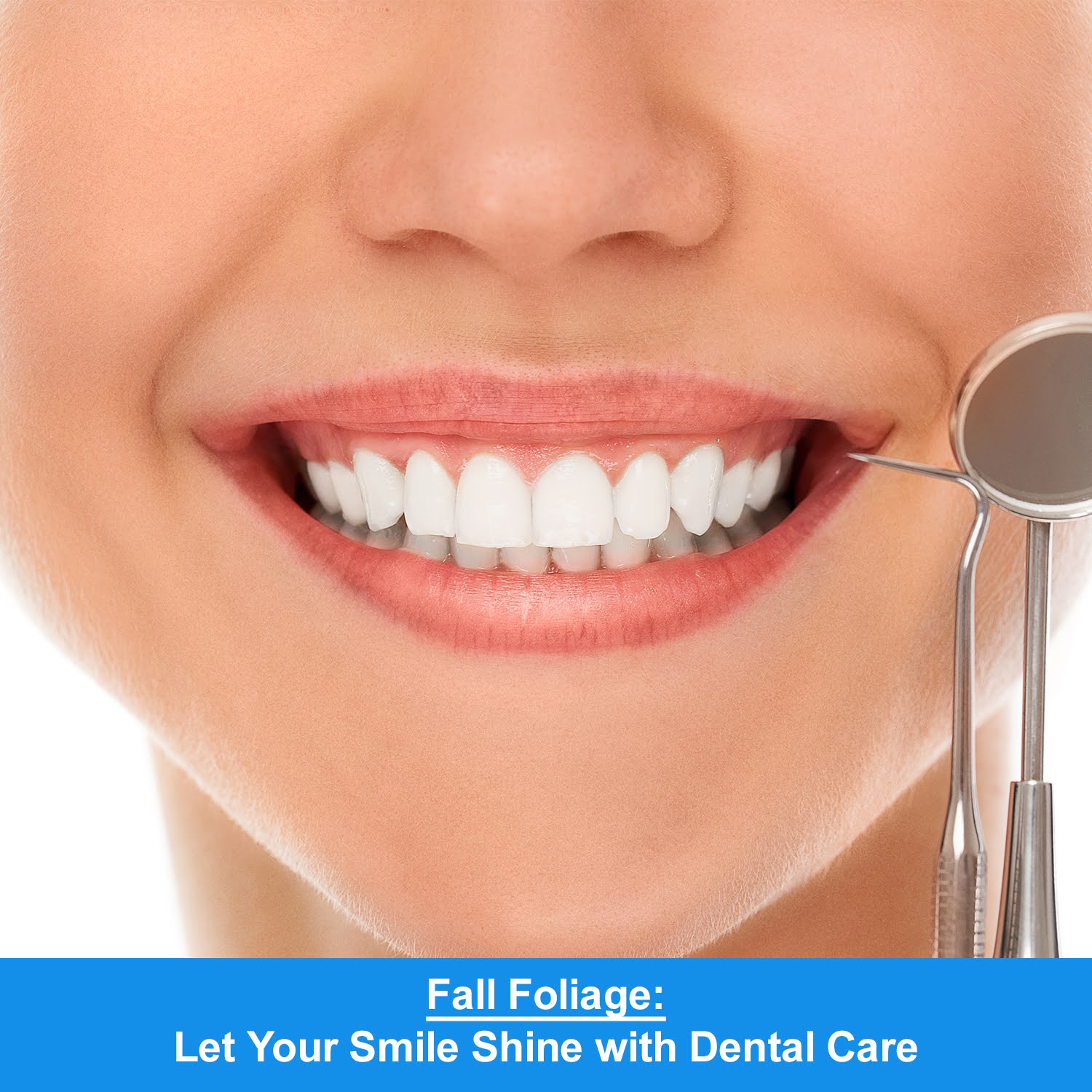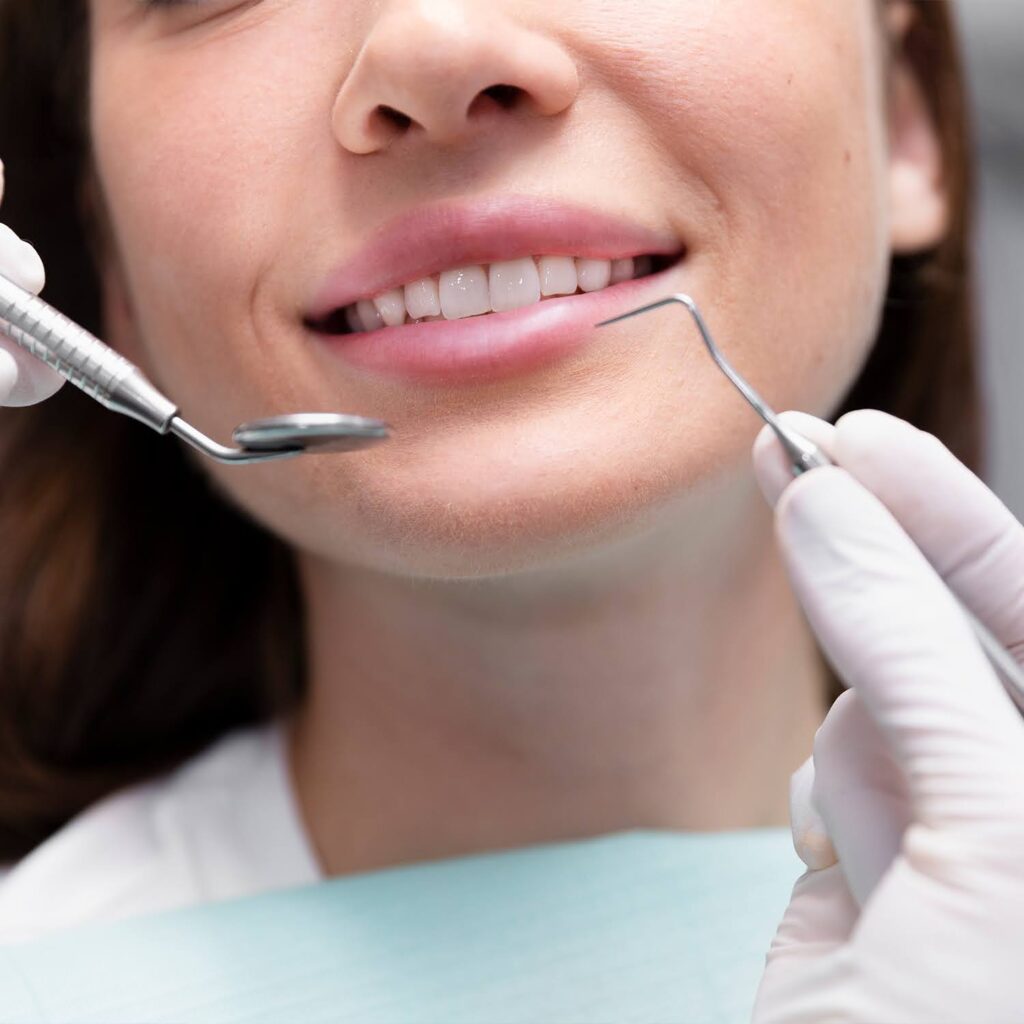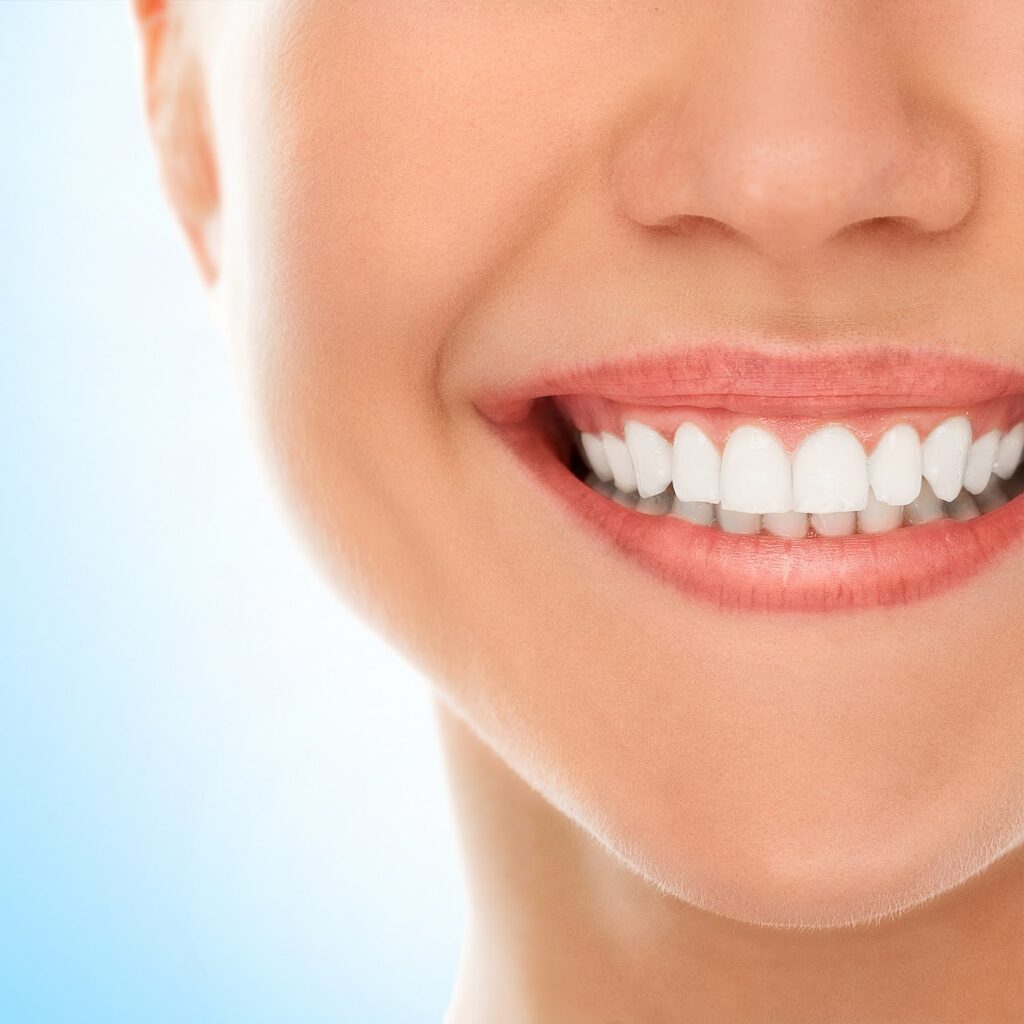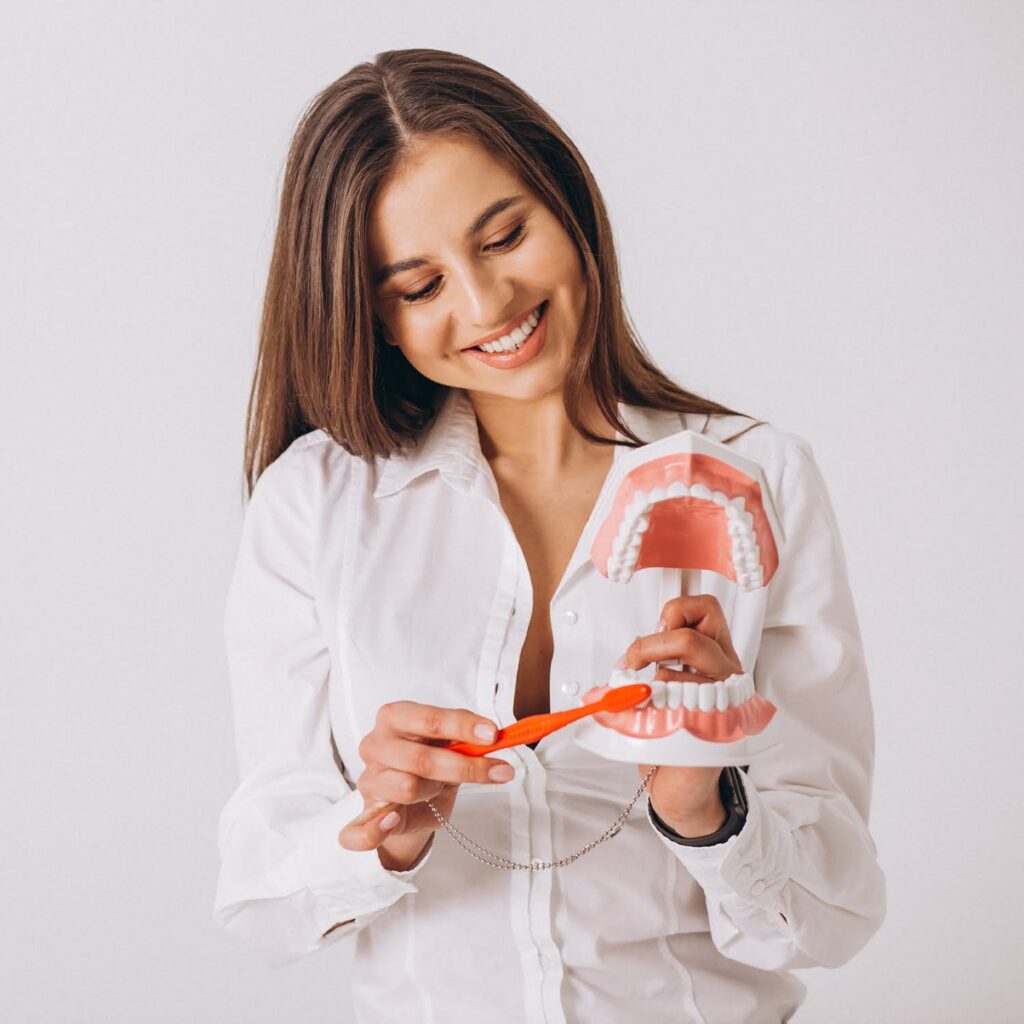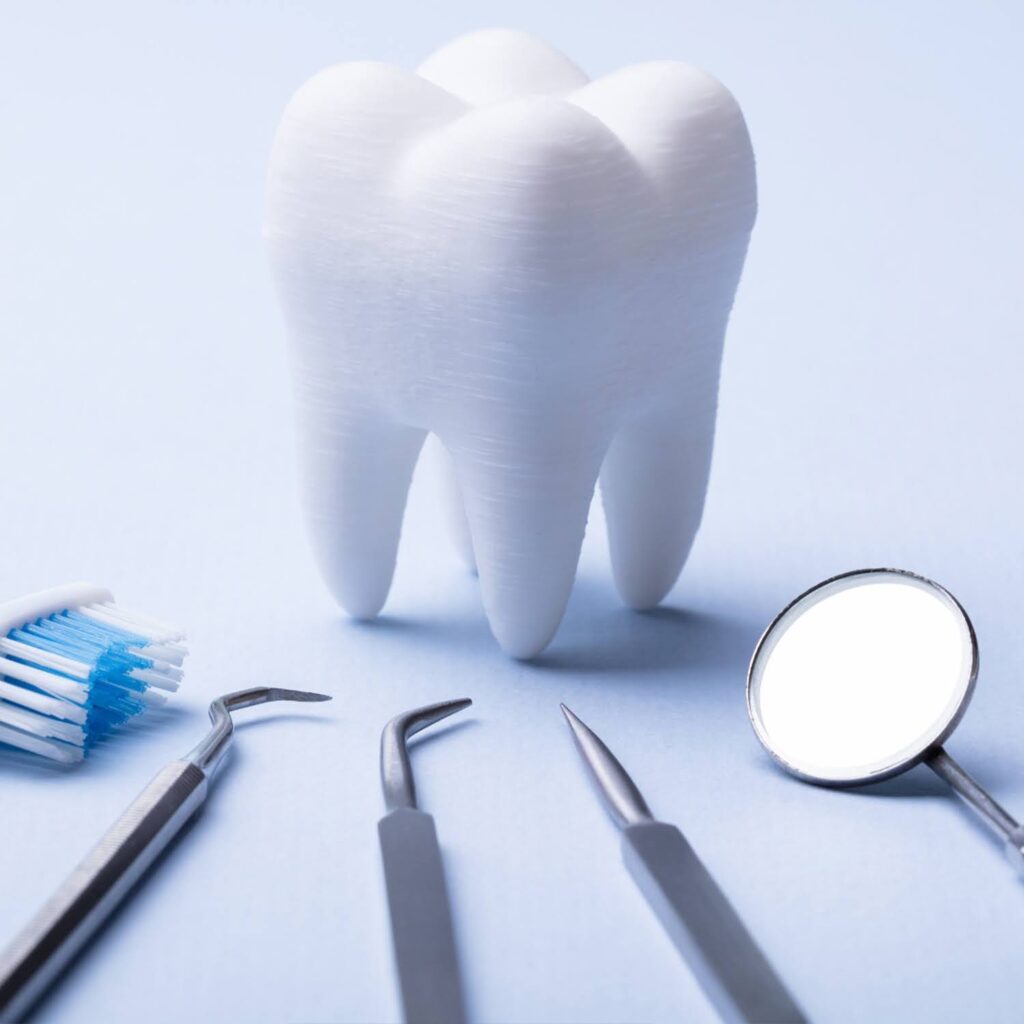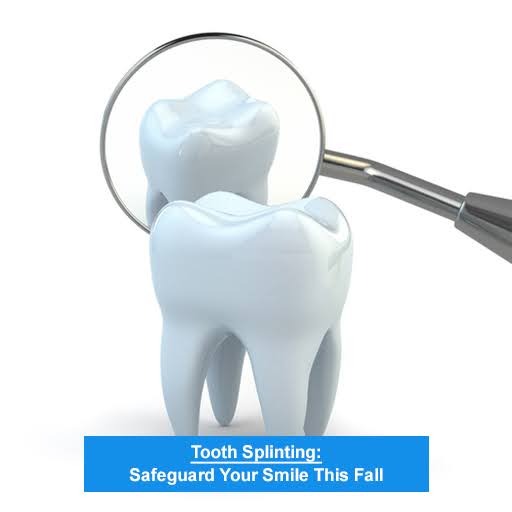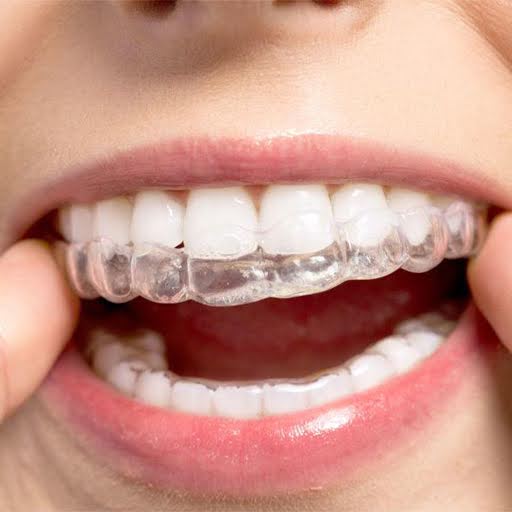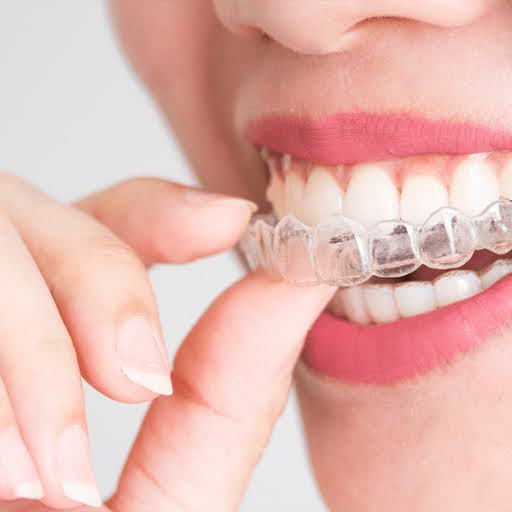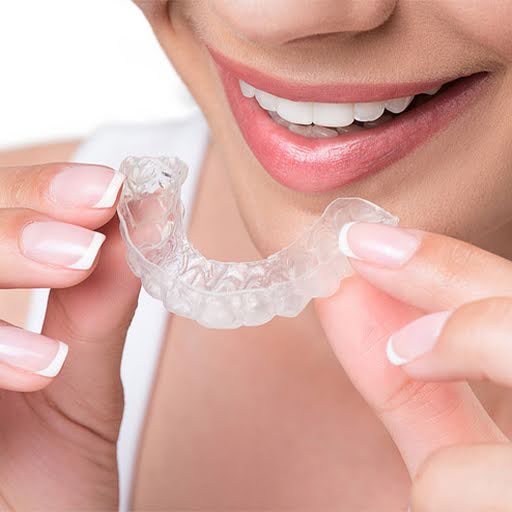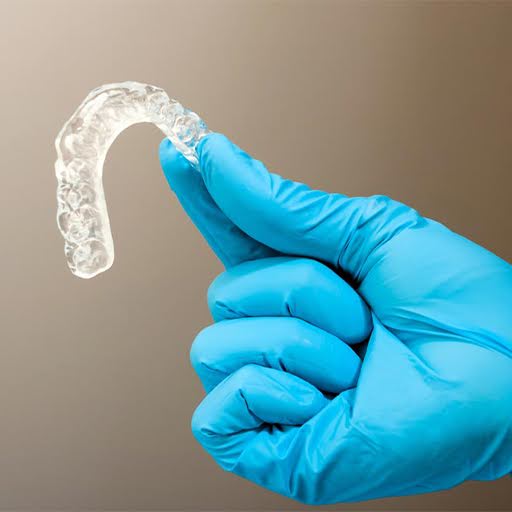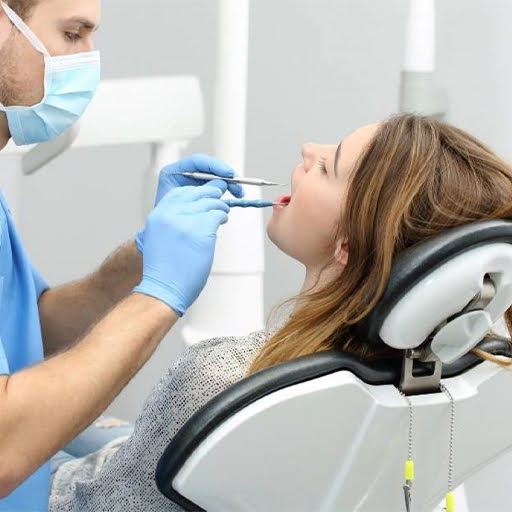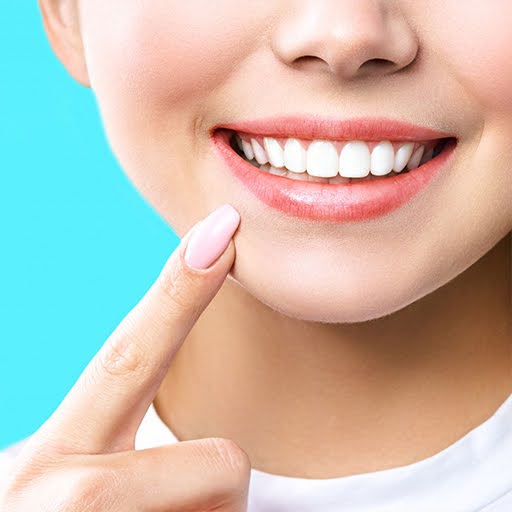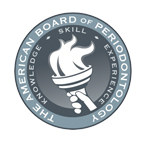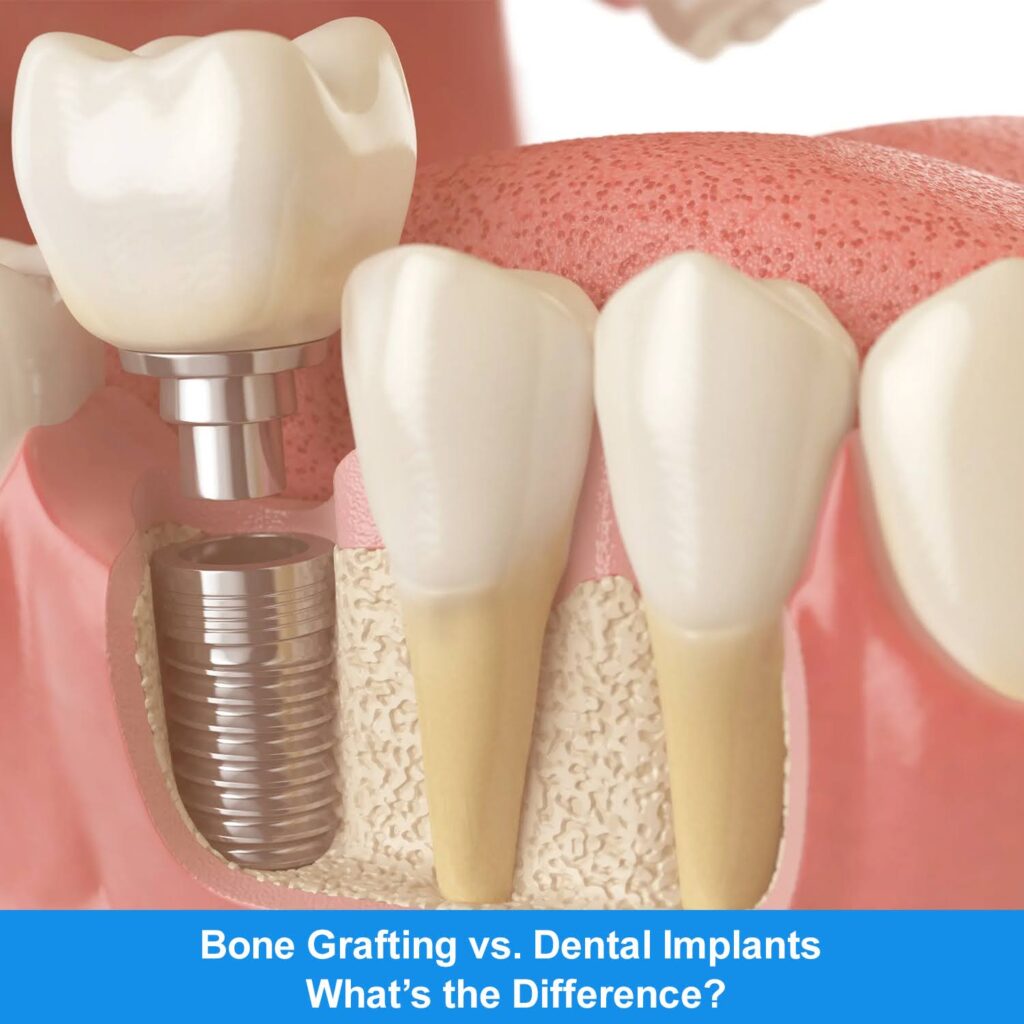
Introduction
When it comes to restoring missing or damaged teeth, two common procedures come up: Bone Grafting and Dental Implants. But what’s the difference between them? While both procedures are often related to improving dental health and function, they serve different purposes in the restoration process. We’ll dive deep into what these procedures are, how they work, and how they compare, so you can make an informed decision for your oral health.
Summary
3. The Key Difference Between Bone Grafting and Dental Implants
4. Why Might You Need Bone Grafting?
5. When Are Dental Implants the Right Choice?
6. Comparing the Recovery Process
7. Cost Considerations: Which Procedure is More Expensive?
8. Long-Term Benefits of Bone Grafting and Dental Implants
9. Choosing the Right Option for You
1. What is Bone Grafting?
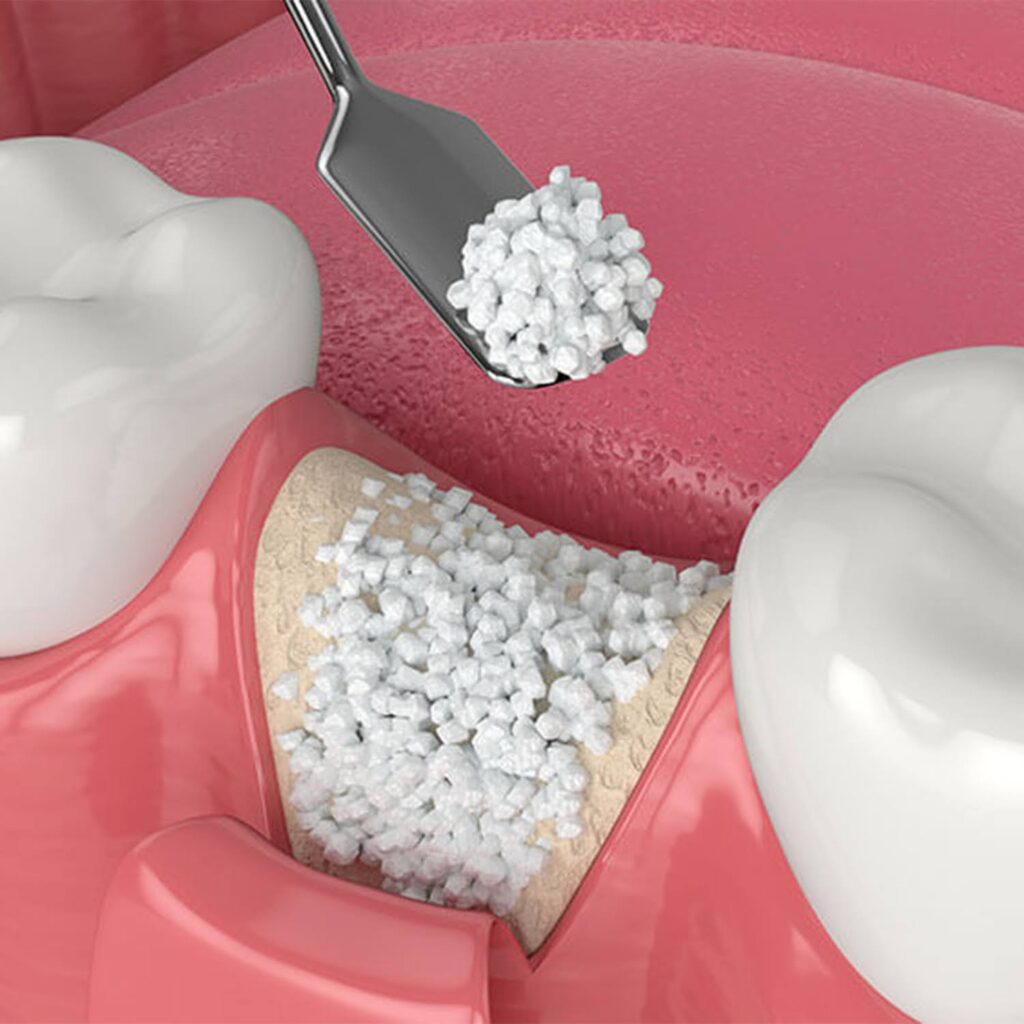
Bone Grafting is a procedure used to rebuild or replace lost bone in the jaw. This process is especially helpful for patients who don’t have enough bone to support dental implants. Bone loss can occur for several reasons, including tooth extraction, gum disease, or trauma to the jaw.
Bone grafting involves taking bone material from another part of your body or using synthetic or donor bone. The grafted material is then placed into the jawbone to stimulate growth and help restore the bone structure. Over time, the grafting material integrates with your natural bone, forming a strong and stable foundation for future dental procedures.
The goal of bone grafting is to improve the jaw’s strength and density, making it suitable for dental implants or other restorative procedures.
2. What are Dental Implants?
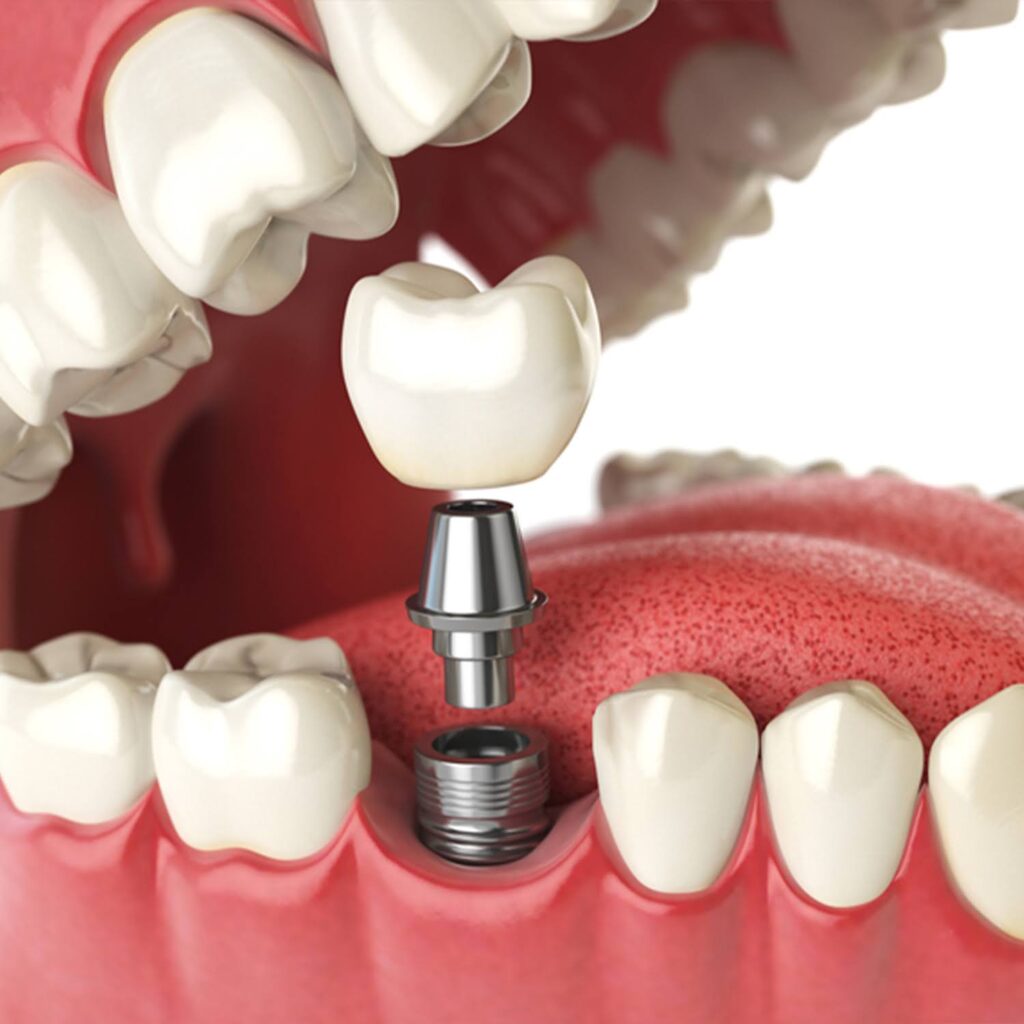
Dental implants are titanium screws or posts that are surgically inserted into the jawbone, acting as artificial tooth roots. These implants provide a strong and stable base for attaching crowns, bridges, or dentures to restore missing teeth. Unlike traditional bridges or dentures, dental implants offer a permanent solution that feels and functions just like natural teeth.
The implant procedure typically involves two phases: First, the implant is placed into the jawbone, and then the implant fuses with the bone over several months in a process known as osseointegration. Afterward, a dental crown or prosthesis is attached to the implant to restore the function and appearance of the missing tooth.
Dental implants are highly effective for restoring teeth that are missing, but they require sufficient bone structure for the implant to be securely anchored.
3. The Key Difference Between Bone Grafting and Dental Implants
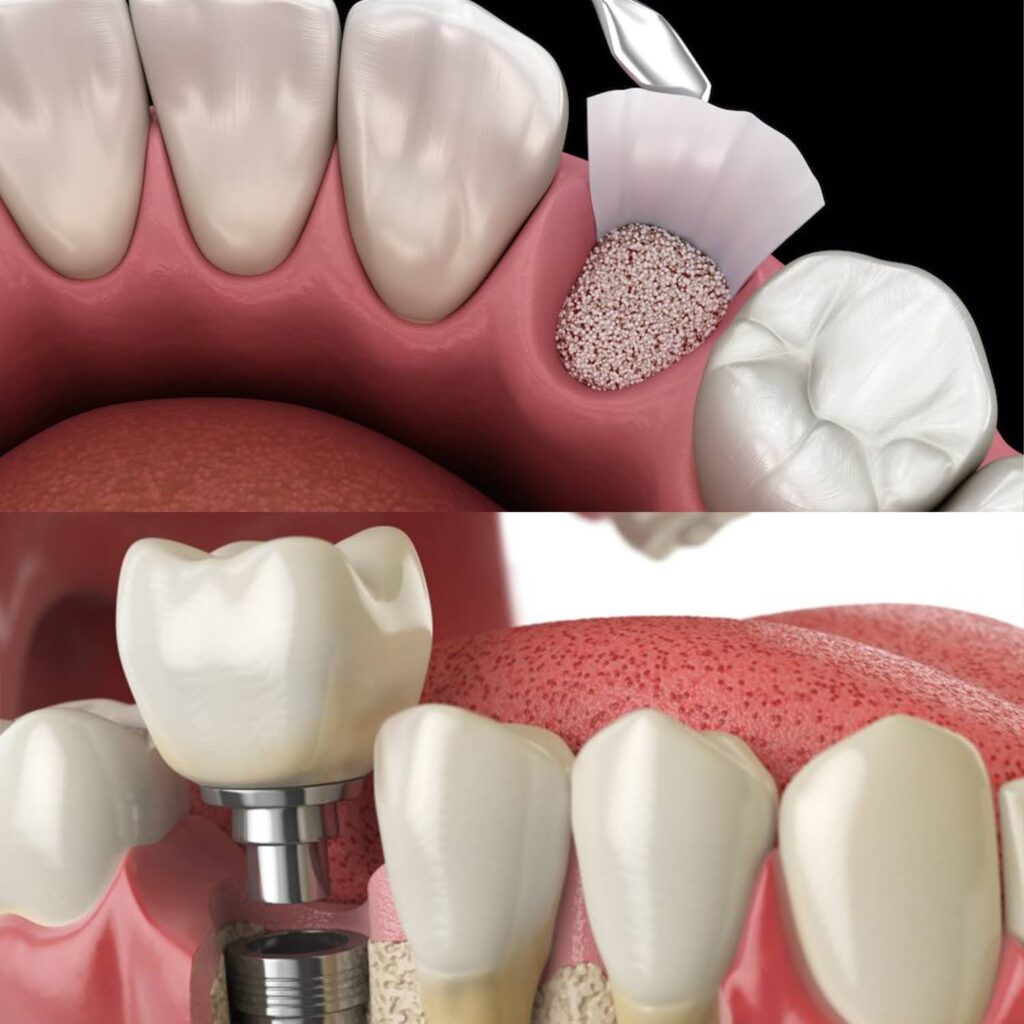
Now that we’ve discussed both procedures individually, it’s time to address the burning question: What’s the difference?
The main difference between bone grafting and dental implants lies in their purpose and function. Bone grafting is a preparatory procedure to rebuild or strengthen the jawbone, whereas dental implants are a permanent replacement for missing teeth. Bone grafting is sometimes necessary before dental implants can be placed, especially if the jawbone has suffered significant loss or deterioration.
In simpler terms, bone grafting makes the jawbone strong enough to support dental implants, while dental implants are used to replace missing teeth once the bone is ready.
4. Why Might You Need Bone Grafting?
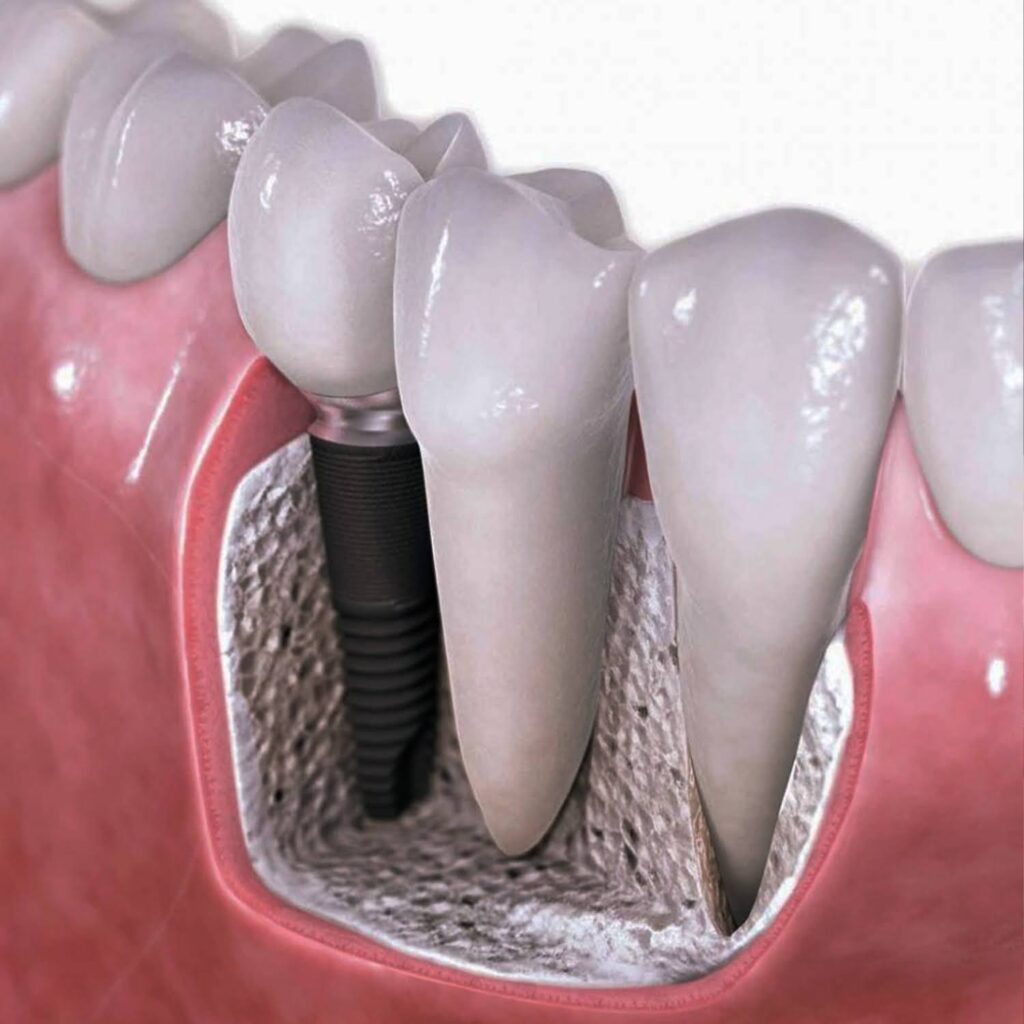
Not everyone who gets dental implants needs bone grafting, but it is often recommended for those who have experienced bone loss in the jaw. Some common reasons why bone grafting may be required include:
- Tooth loss: If a tooth has been missing for an extended period, the surrounding bone may have deteriorated due to lack of stimulation.
- Periodontal disease: Severe gum disease can cause bone loss, leaving the jaw unable to support implants.
- Trauma or injury: Accidents or injuries to the jaw may lead to bone loss, which could affect the stability of dental implants.
- Failed implants: In some cases, if a dental implant fails, bone grafting may be needed to repair and rebuild the area before a new implant is placed.
Bone grafting helps restore the necessary bone structure for successful dental implant placement.
5. When Are Dental Implants the Right Choice?
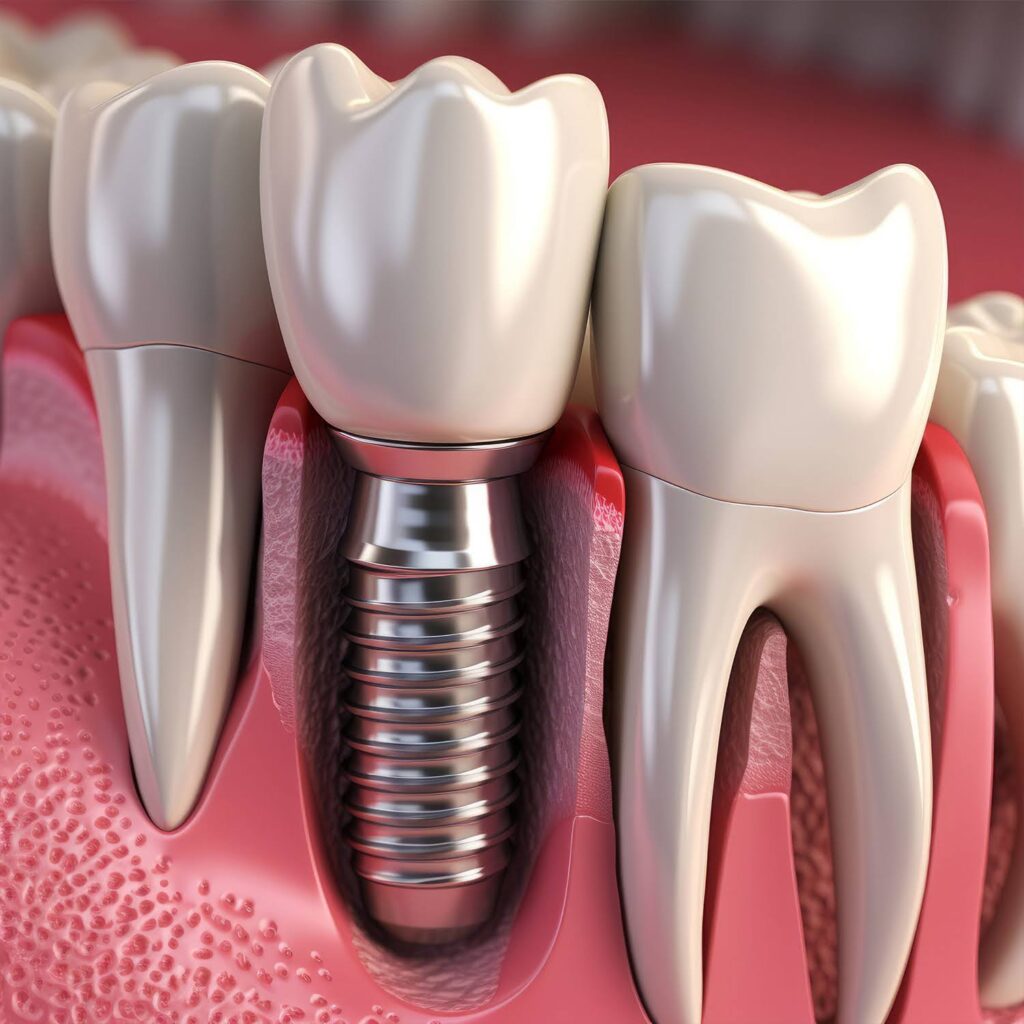
Dental implants are an excellent choice when you’re looking for a long-term solution to replace missing teeth. They are ideal for patients who have:
- Sufficient bone density: If your jawbone is healthy and strong enough to support an implant, the procedure can proceed without the need for bone grafting.
- Good overall health: Dental implant surgery requires general health and well-being, so it’s important that patients are free of severe medical conditions that could hinder healing.
Desire for a permanent solution: Dental implants offer a permanent solution that looks and functions just like natural teeth, making them a popular choice for long-term tooth restoration.
6. Comparing the Recovery Process
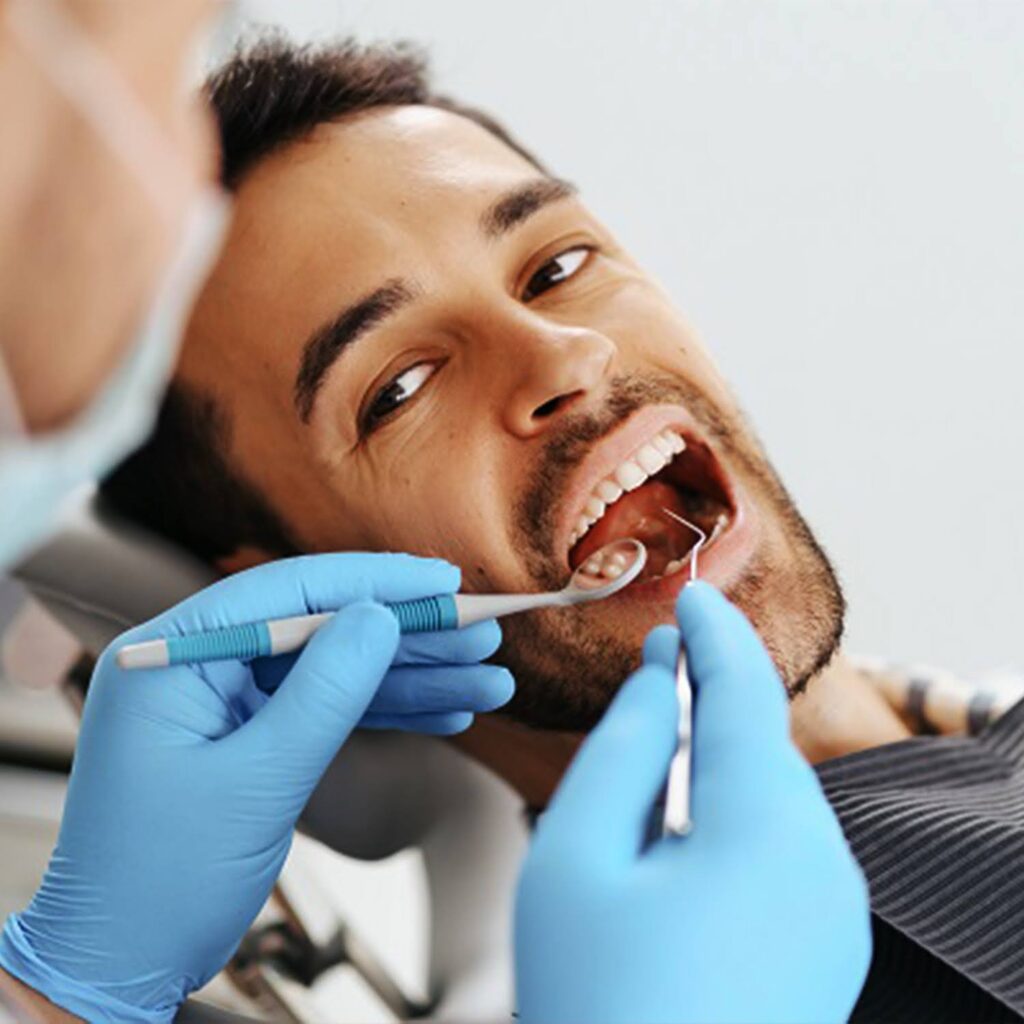
Both procedures come with their own recovery timelines, but it’s important to understand the healing process for each.
- Bone Grafting Recovery: After bone grafting, the healing process can take anywhere from a few months to over a year, depending on the complexity of the graft. During this time, the graft material fuses with your natural bone, and the jawbone regains strength and density.
- Dental Implant Recovery: After the implant is placed, it typically takes several months for the implant to fuse with the bone. In some cases, patients may need to undergo multiple stages of treatment, such as bone grafting first and then the implant procedure afterward.
While both processes require patience, the outcome of each is designed to restore the health and function of your teeth.
7. Cost Considerations: Which Procedure is More Expensive?
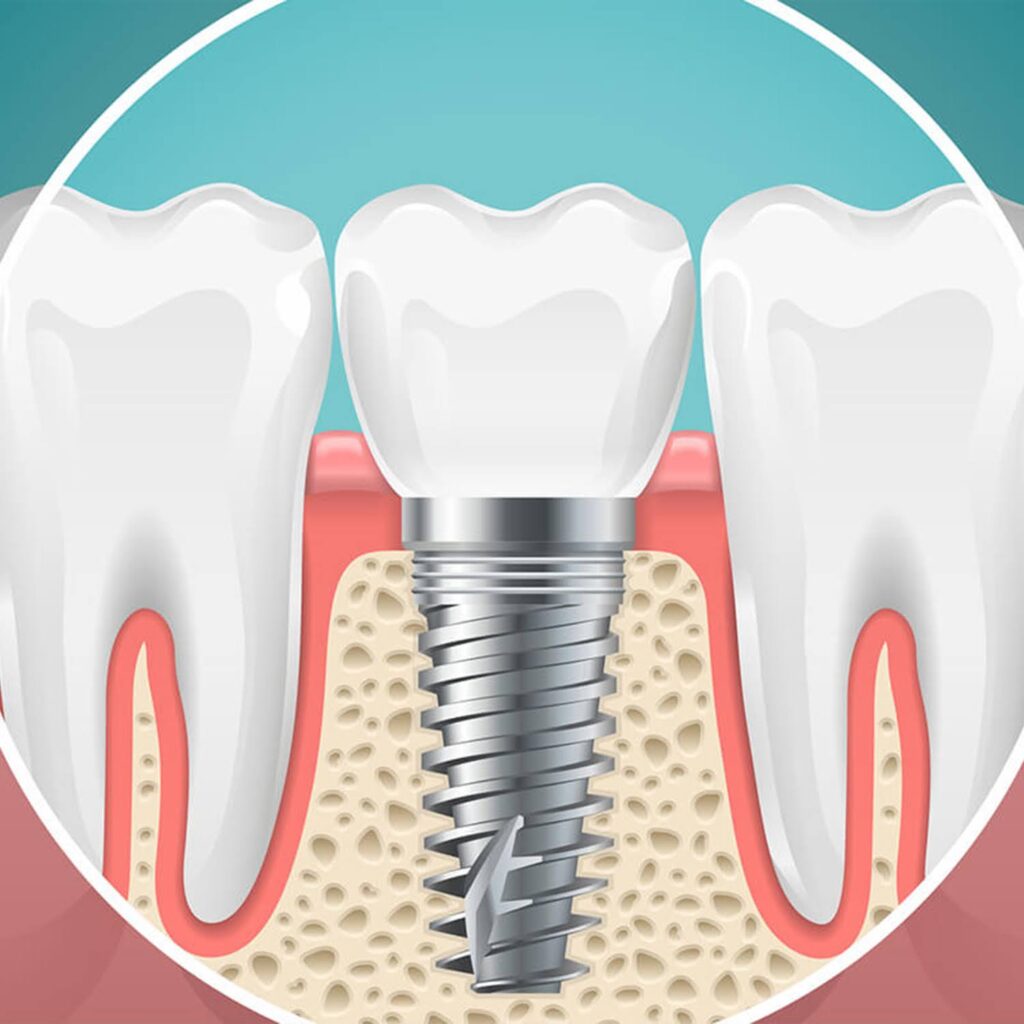
The cost of bone grafting versus dental implants can vary greatly depending on the complexity of your case, the materials used, and your geographical location. On average:
- Bone Grafting: The cost of bone grafting can range from $300 to $3,000, depending on whether it’s a minor or major procedure.
- Dental Implants: The cost of dental implants typically ranges from $1,500 to $4,000 per implant. This can increase depending on the number of implants required and any additional procedures, such as bone grafting or sinus lifts.
While bone grafting may seem like an additional expense, it is often necessary to ensure that the implant procedure is successful, making it a worthwhile investment in the long run.
8. Long-Term Benefits of Bone Grafting and Dental Implants
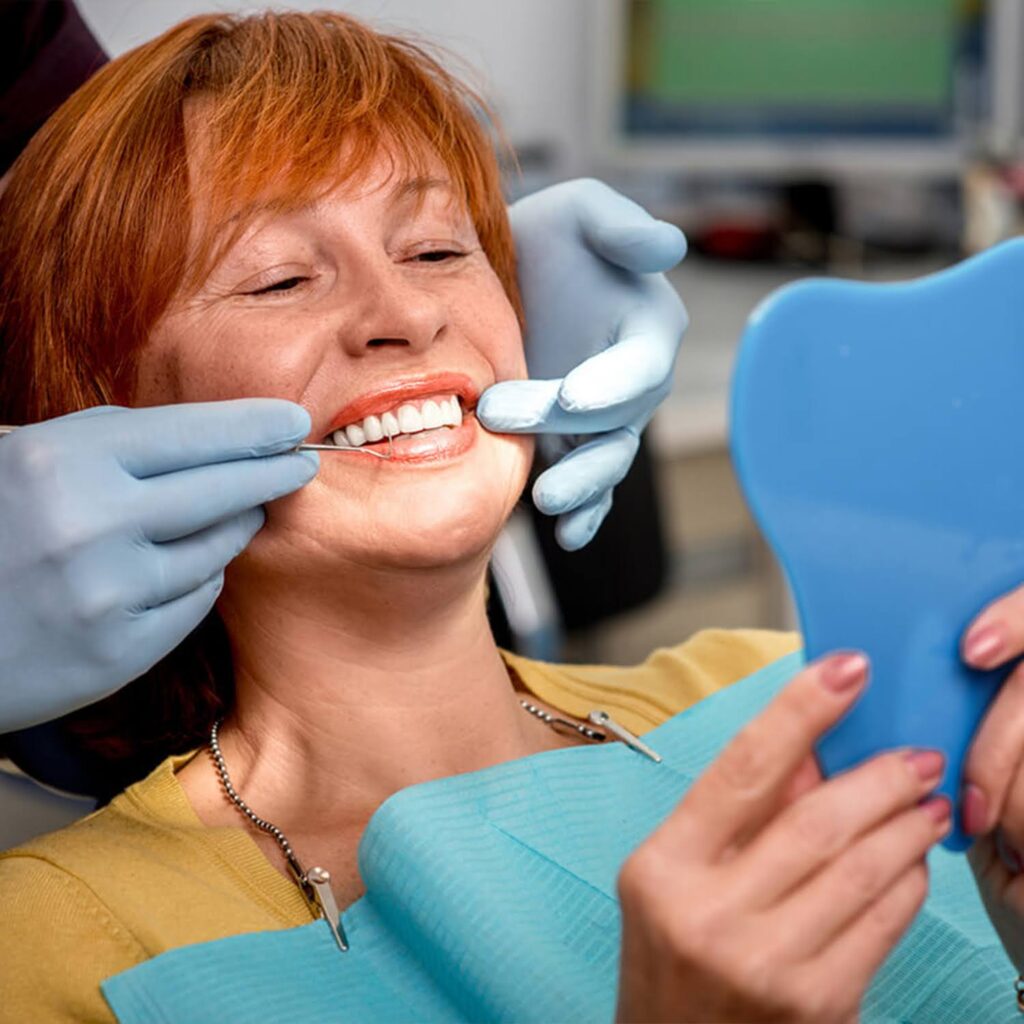
Both bone grafting and dental implants offer significant long-term benefits:
- Bone Grafting: This procedure helps preserve the structure of your jaw, preventing further bone loss and maintaining facial aesthetics. It also enables successful implant placement in the future.
- Dental Implants: Implants offer a permanent, functional, and aesthetic solution to missing teeth. They prevent bone loss and promote the health of surrounding teeth, making them a great investment for the future.
Together, these procedures restore both the function and beauty of your smile, giving you the confidence to enjoy life to the fullest.
9. Choosing the Right Option for You
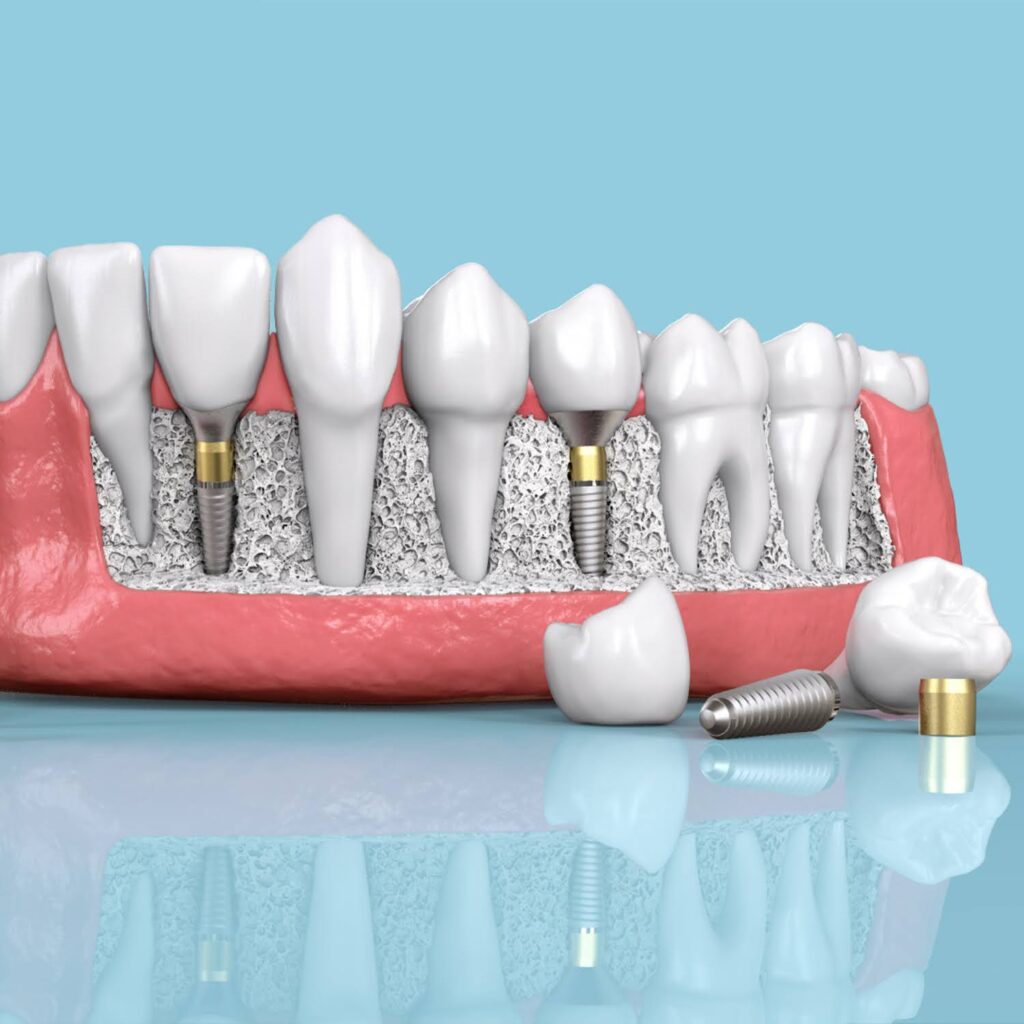
When deciding between bone grafting and dental implants, it’s important to consult with your dentist or oral surgeon. They will assess your unique situation, including your bone health, medical history, and oral goals. In certain situations, a combination of both procedures may be required to achieve the optimal result.
FAQs
Q.1. What’s the difference between bone grafting and dental implants?
A.1. Bone grafting rebuilds or strengthens the jawbone, while dental implants replace missing teeth by placing titanium posts in the jaw.
Q.2. Is bone grafting always required for dental implants?
A.2. Not always. Bone grafting is needed if the jawbone is too weak or thin to support the implant.
Q.3. How long does recovery take for bone grafting and dental implants?
A.3. Bone grafting recovery can take several months to over a year, while dental implants typically take 3-6 months to fuse with the bone.
Q.4. Are dental implants permanent?
A.4. Yes, dental implants are designed to be a permanent solution for missing teeth.
Q.5. How much do bone grafting and dental implants cost?
A.5. Bone grafting can cost $300 to $3,000, while dental implants range from $1,500 to $4,000 each, depending on the complexity of the procedure.
Conclusion
In conclusion, bone grafting and dental implants are both essential tools for restoring your smile, but they serve different purposes. Bone grafting is often a necessary step before dental implants can be placed, particularly for those with insufficient jawbone. Dental implants, on the other hand, offer a permanent solution for missing teeth. Together, they provide a comprehensive solution for tooth loss, ensuring that your mouth remains healthy and functional for years to come.
For personalized care or to schedule a consultation, contact our team at (267) 908-4867 or visit our website at https://premierperiodonticspa.com/contact-us/. Your smile is our top priority, and we’re dedicated to providing the support and expertise you need for a smooth and comfortable dental experience. Let us help you achieve a bright, healthy smile with care that’s tailored just for you.



